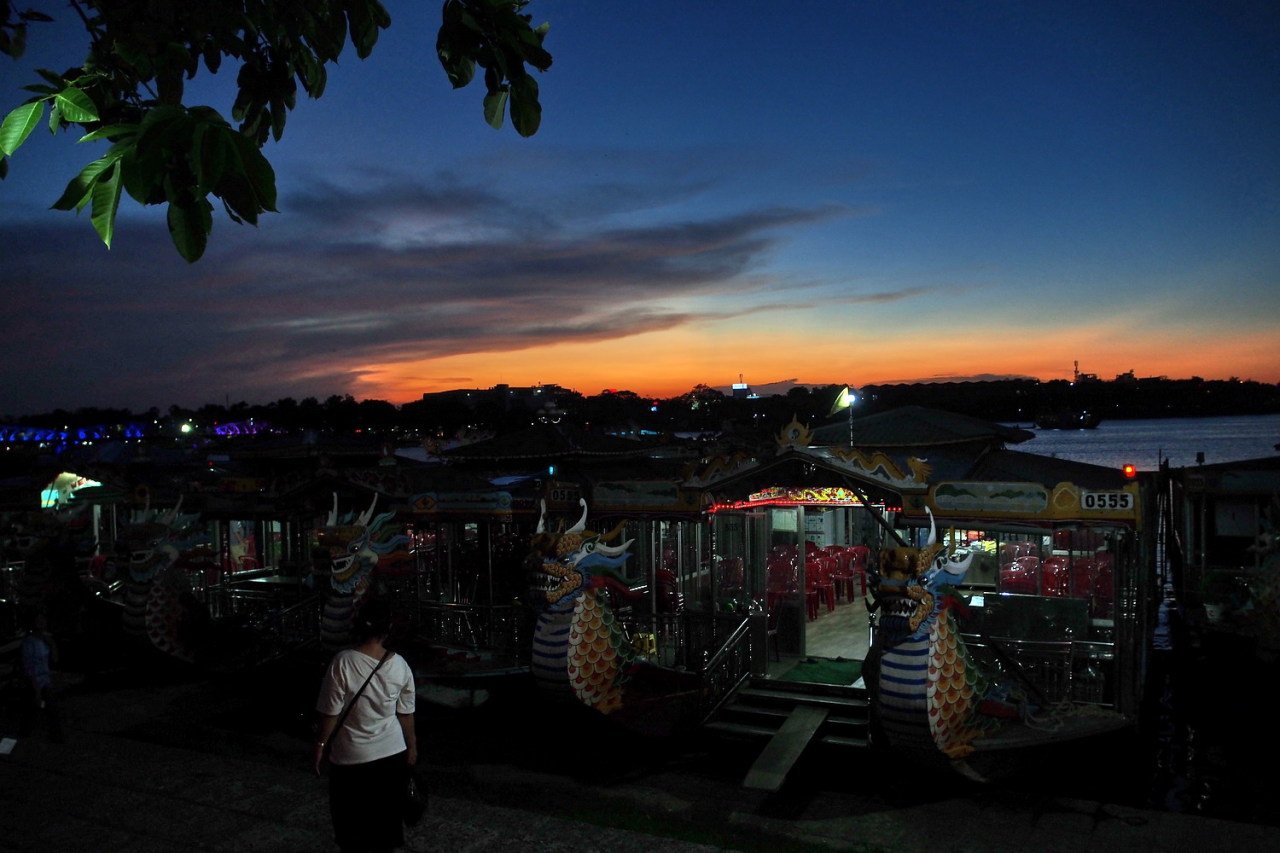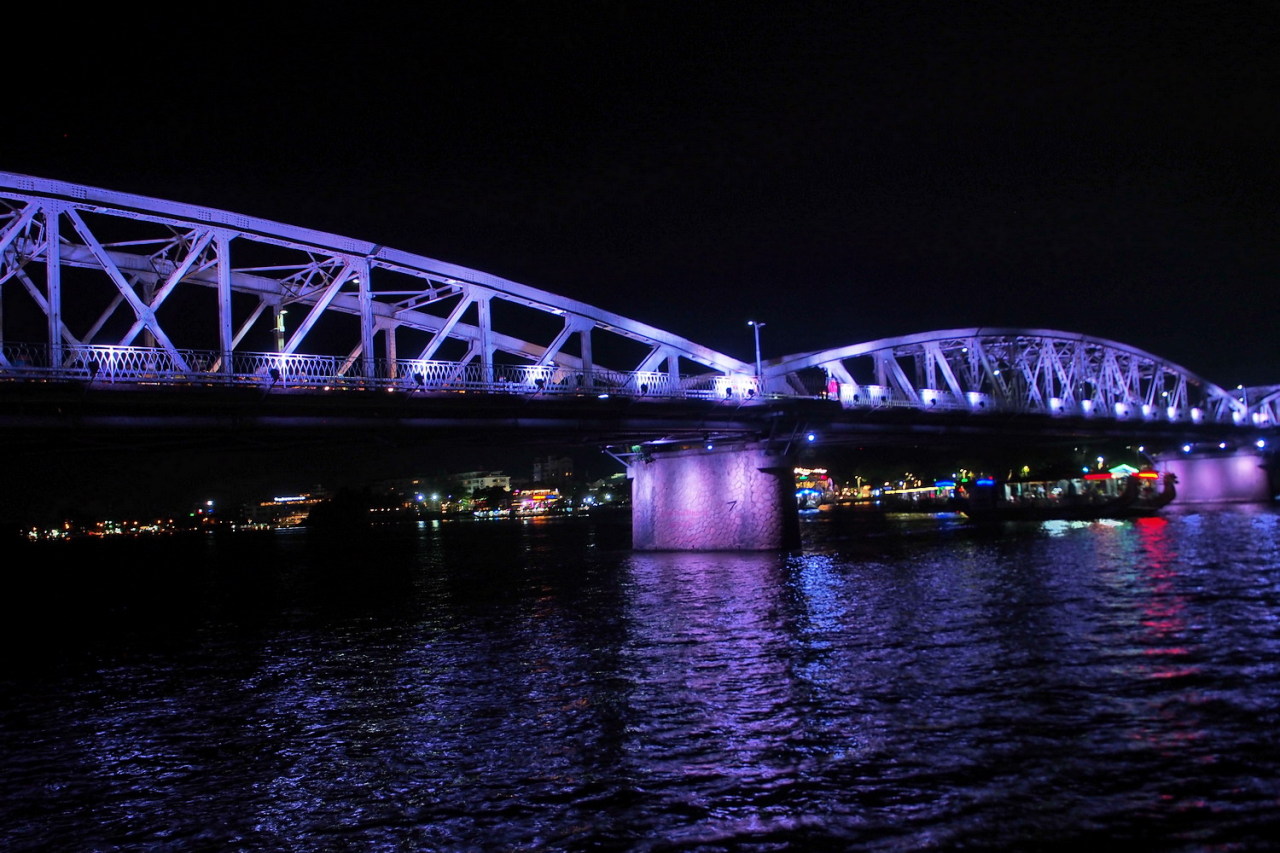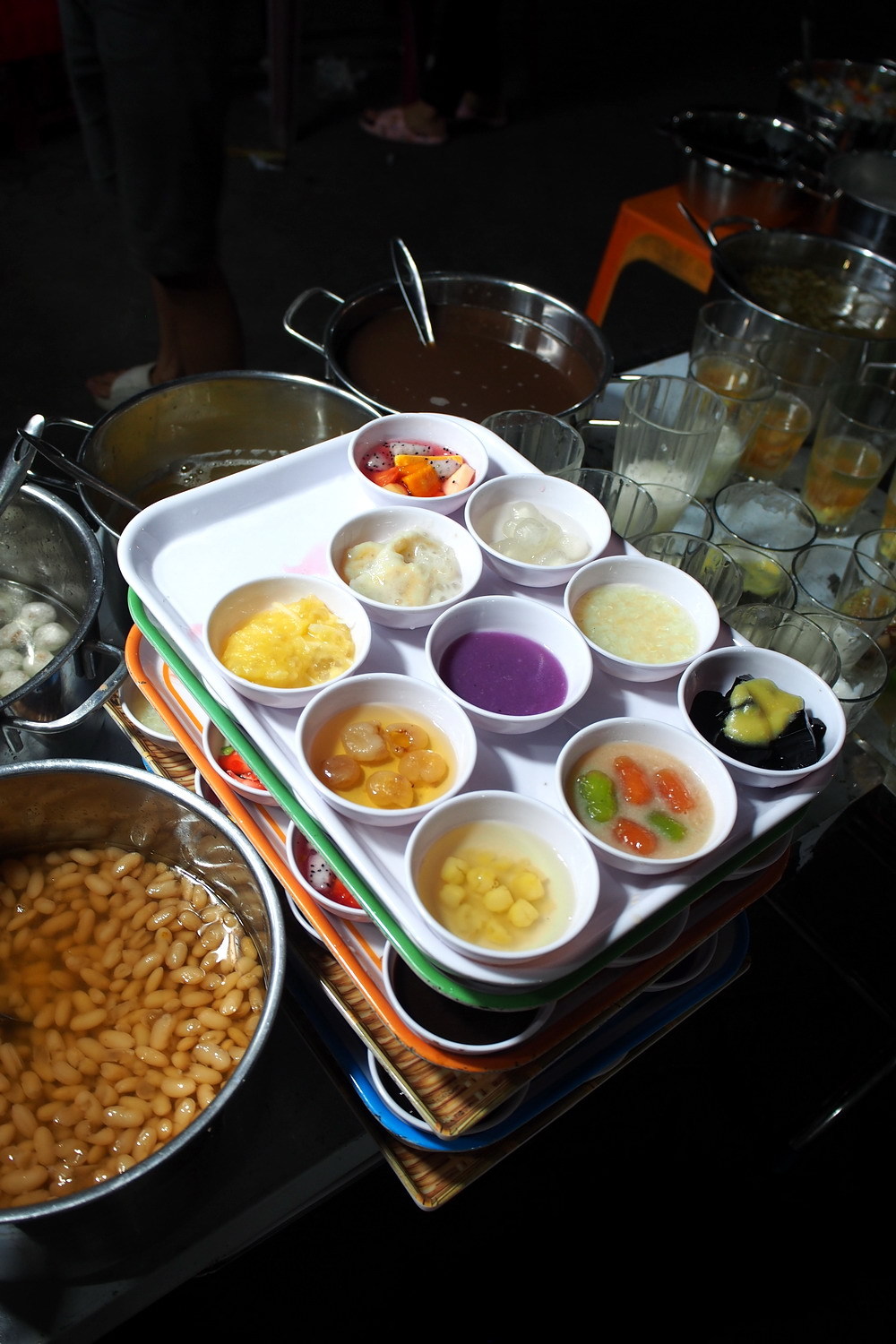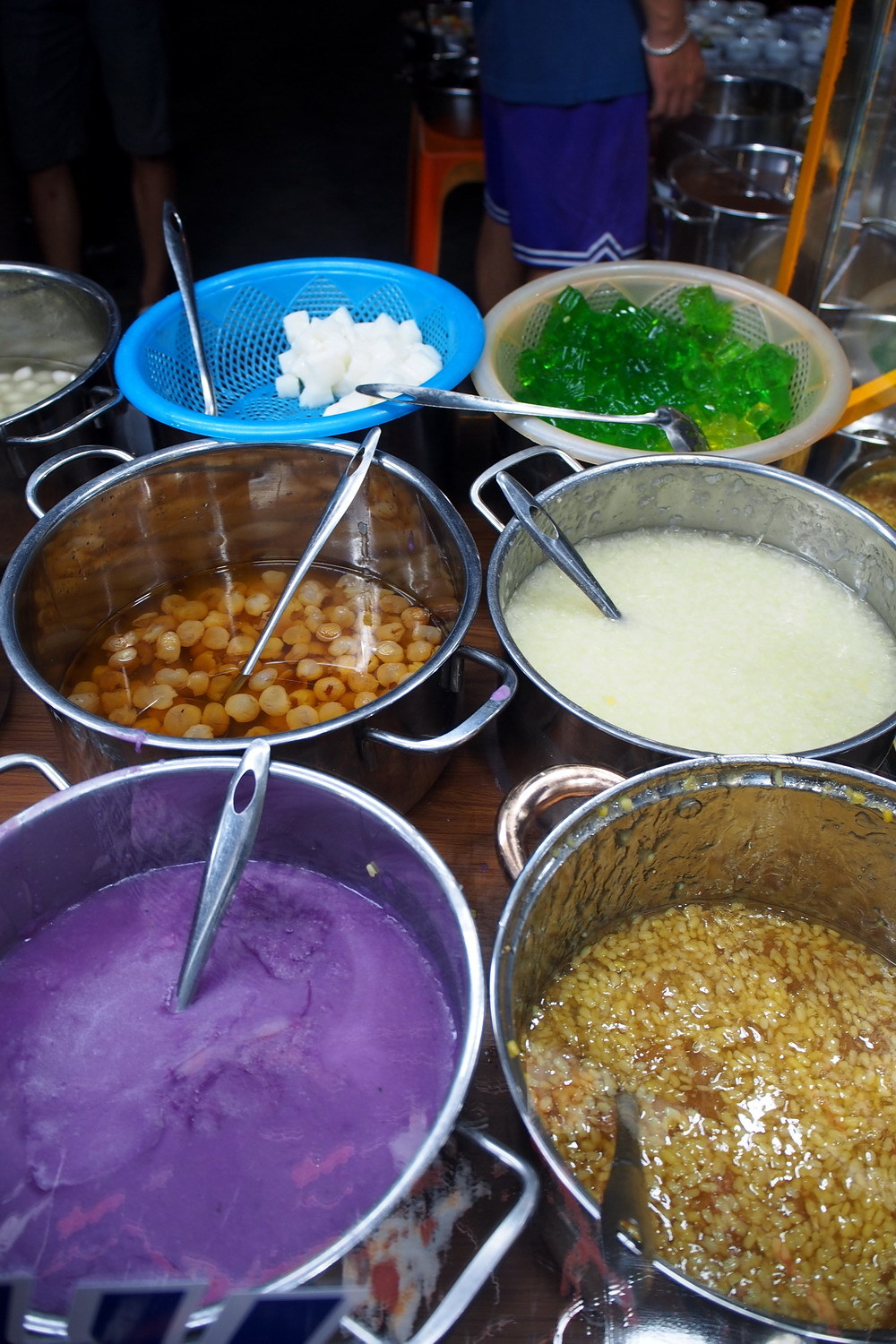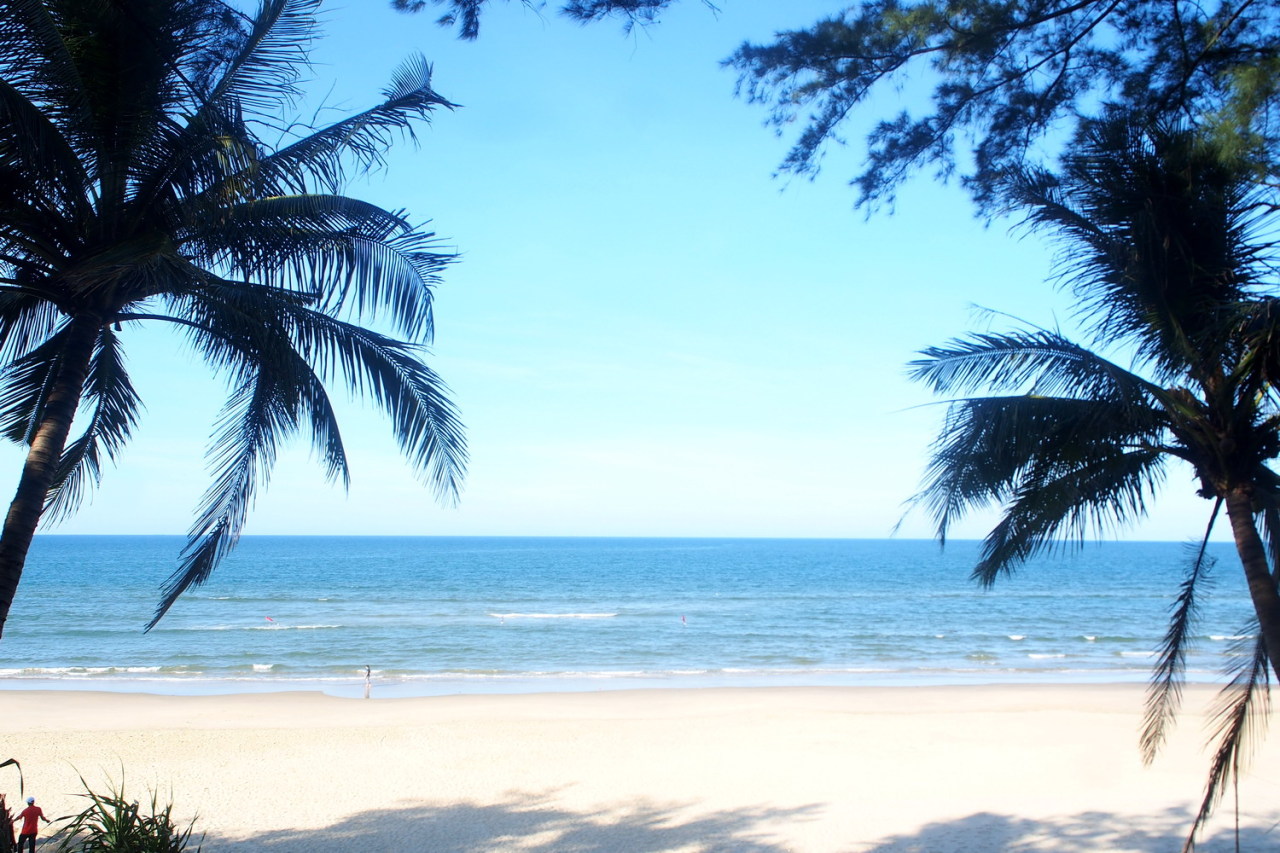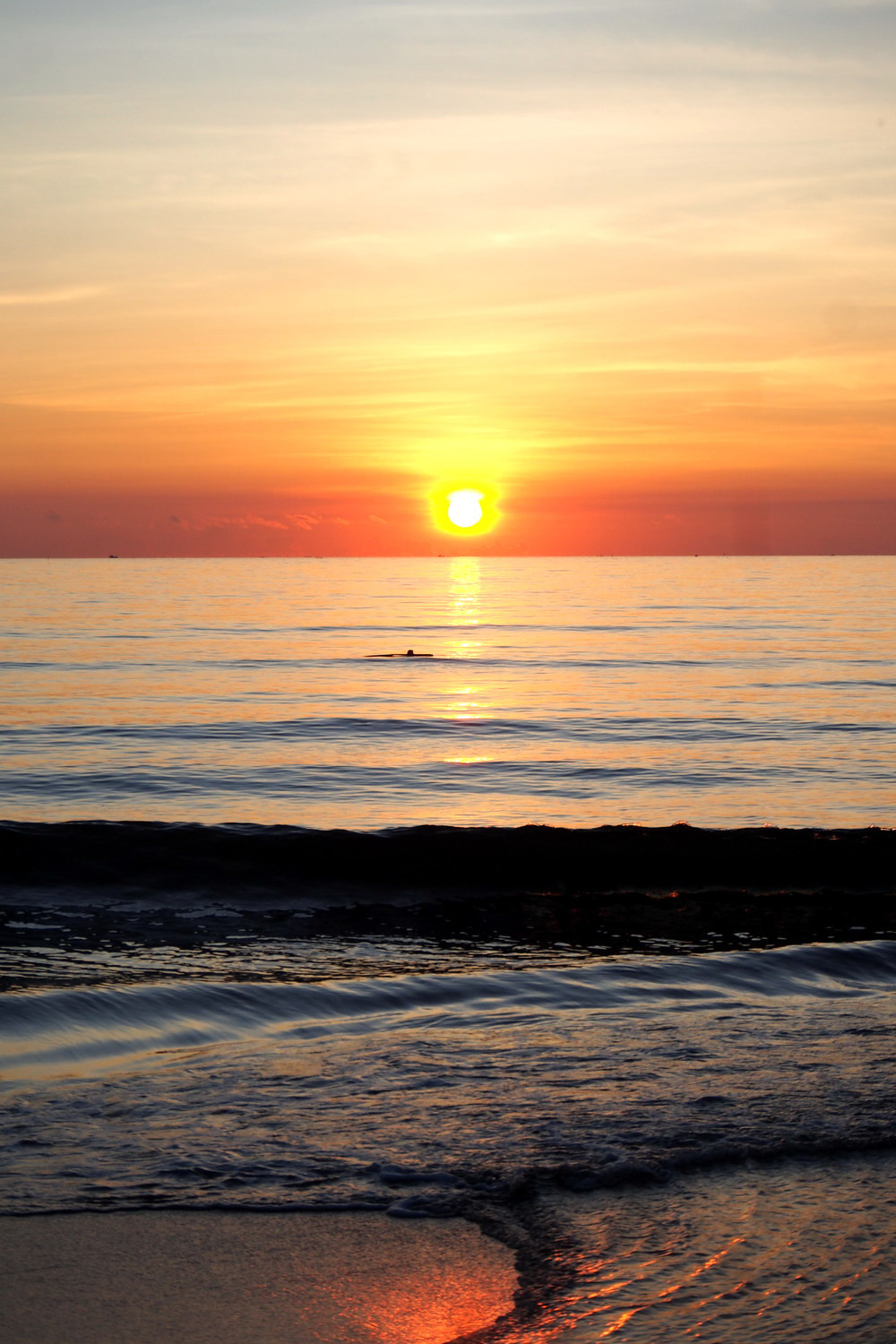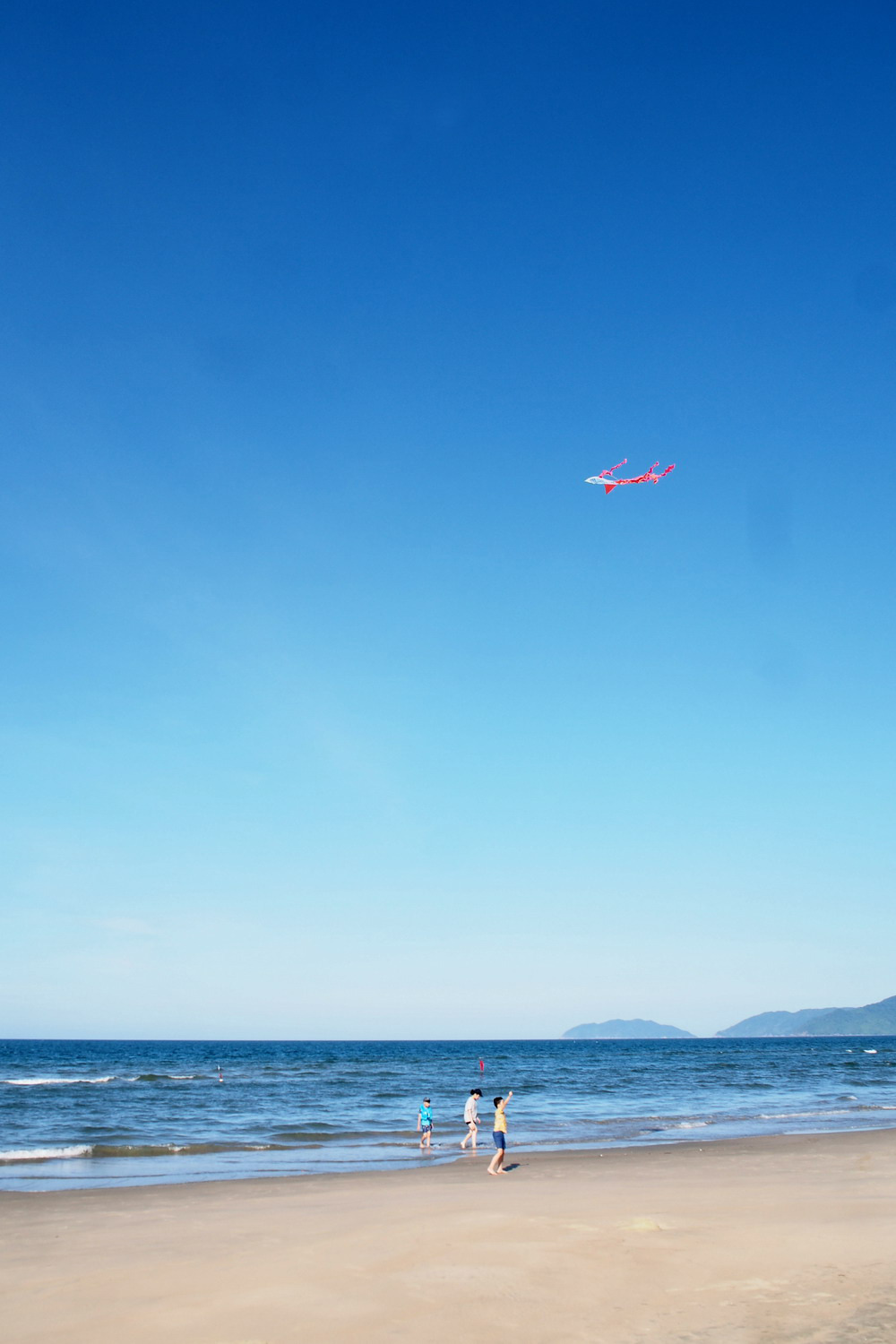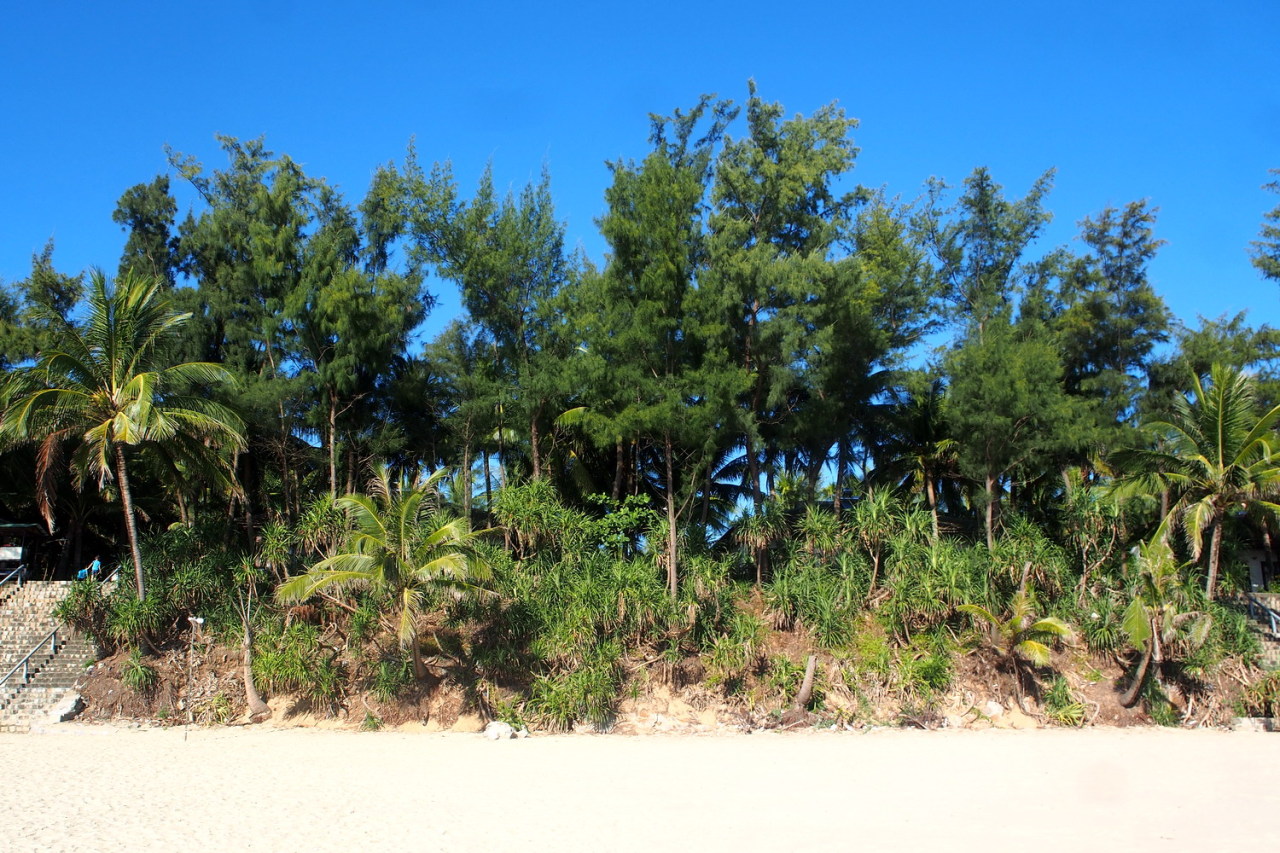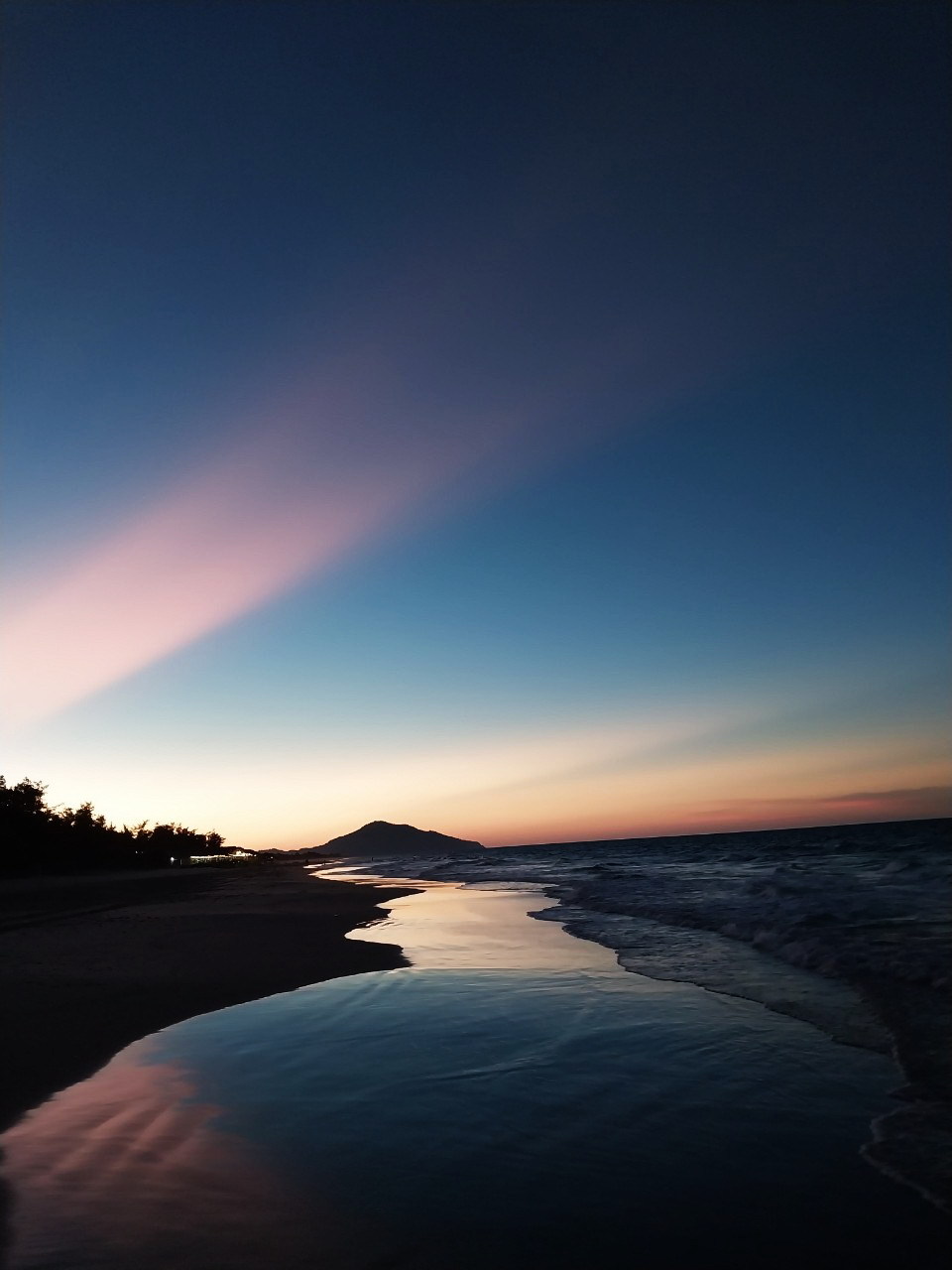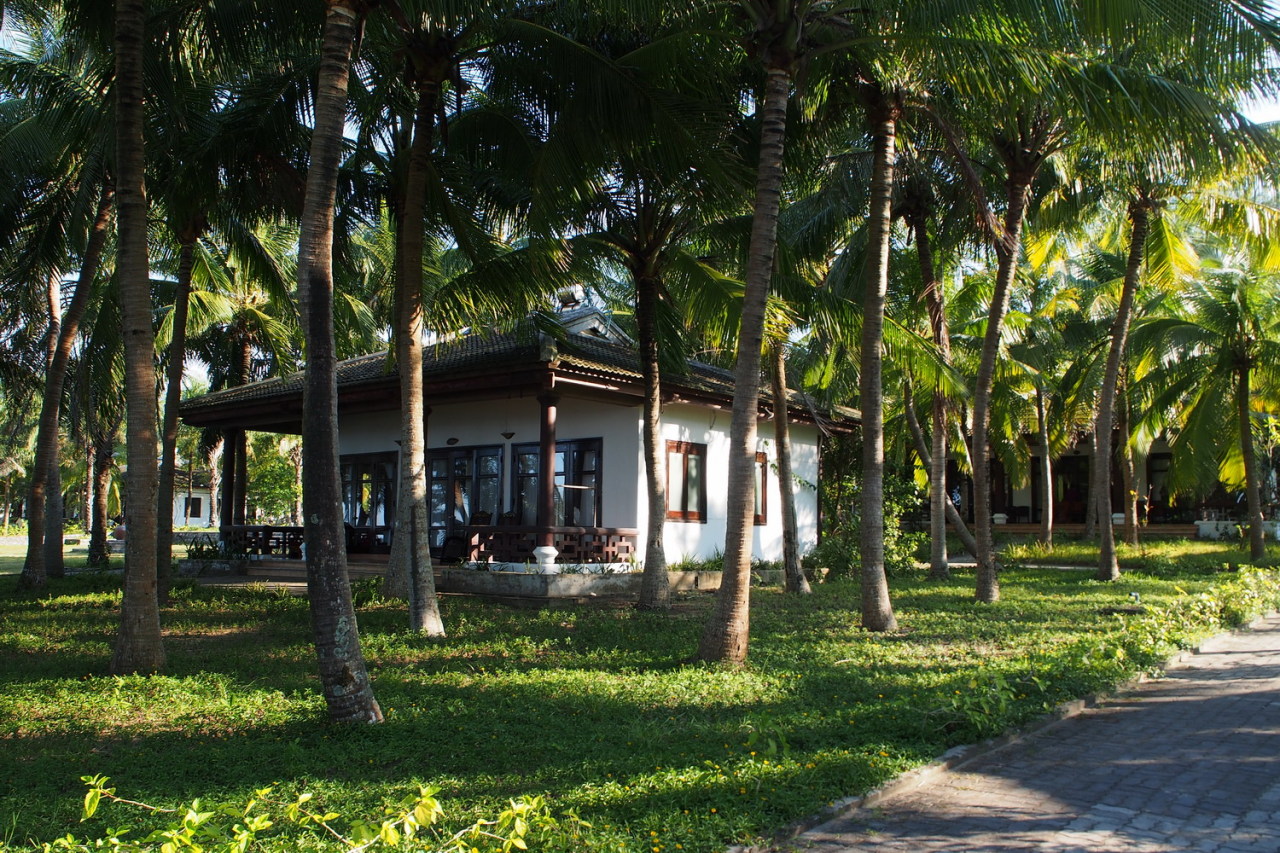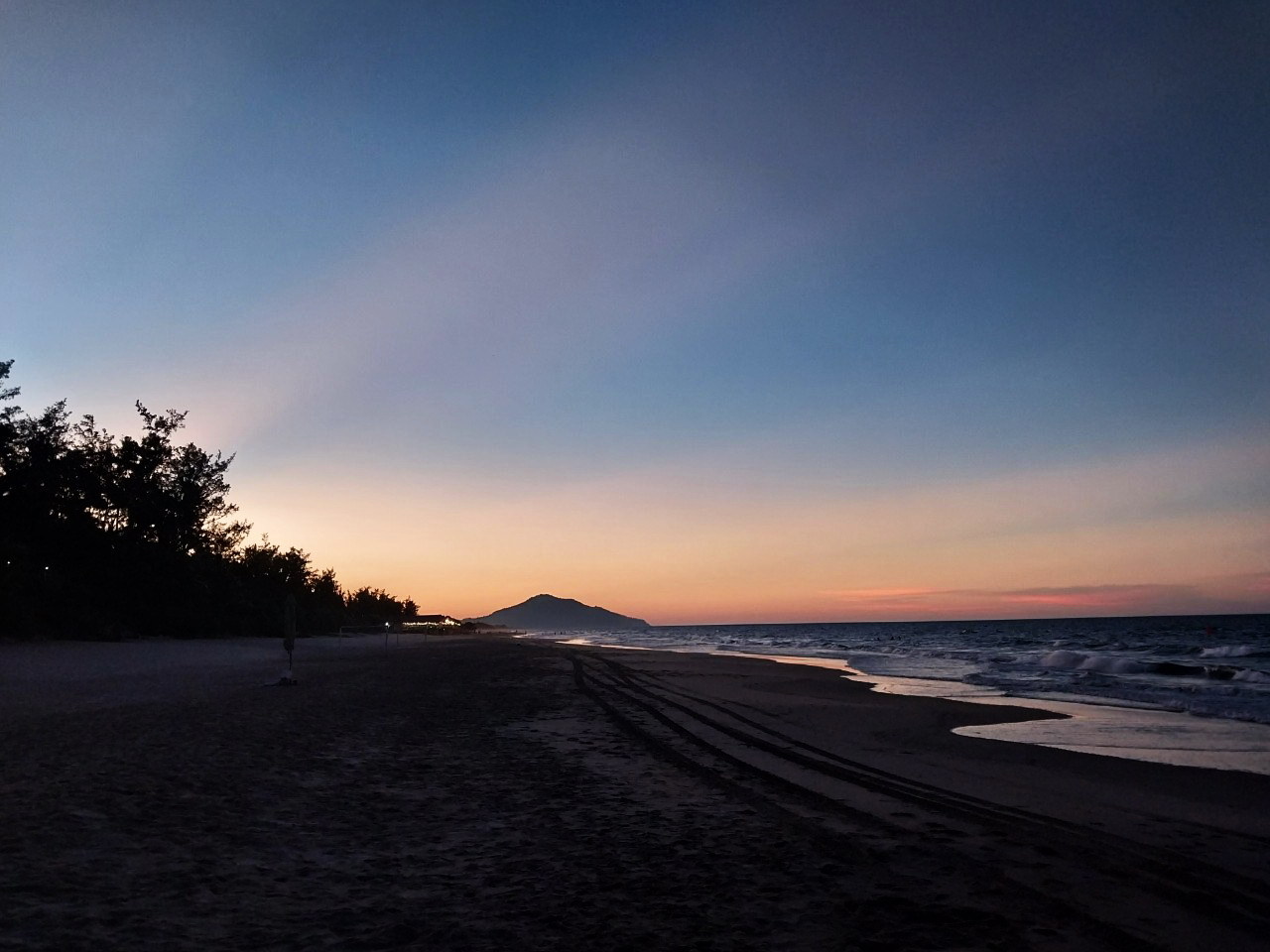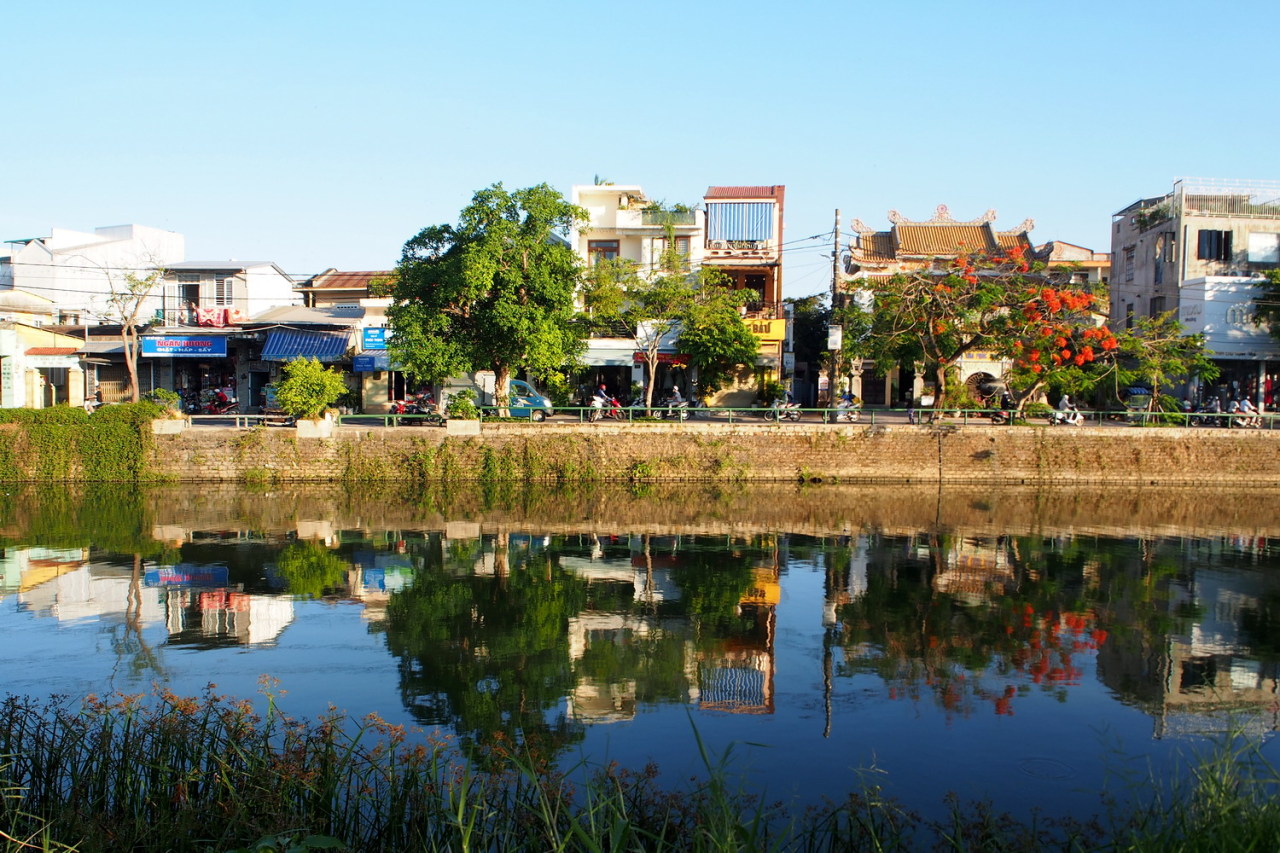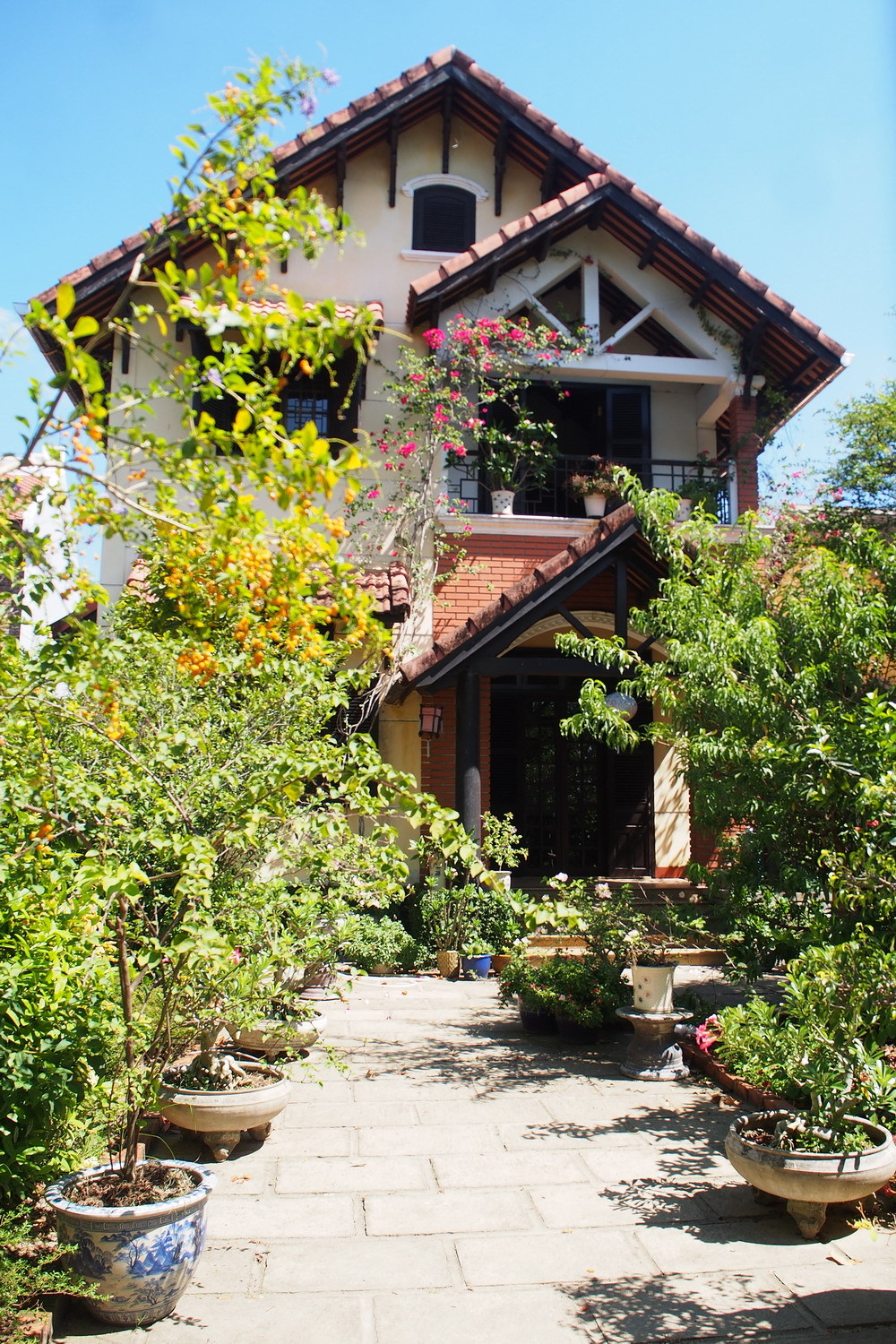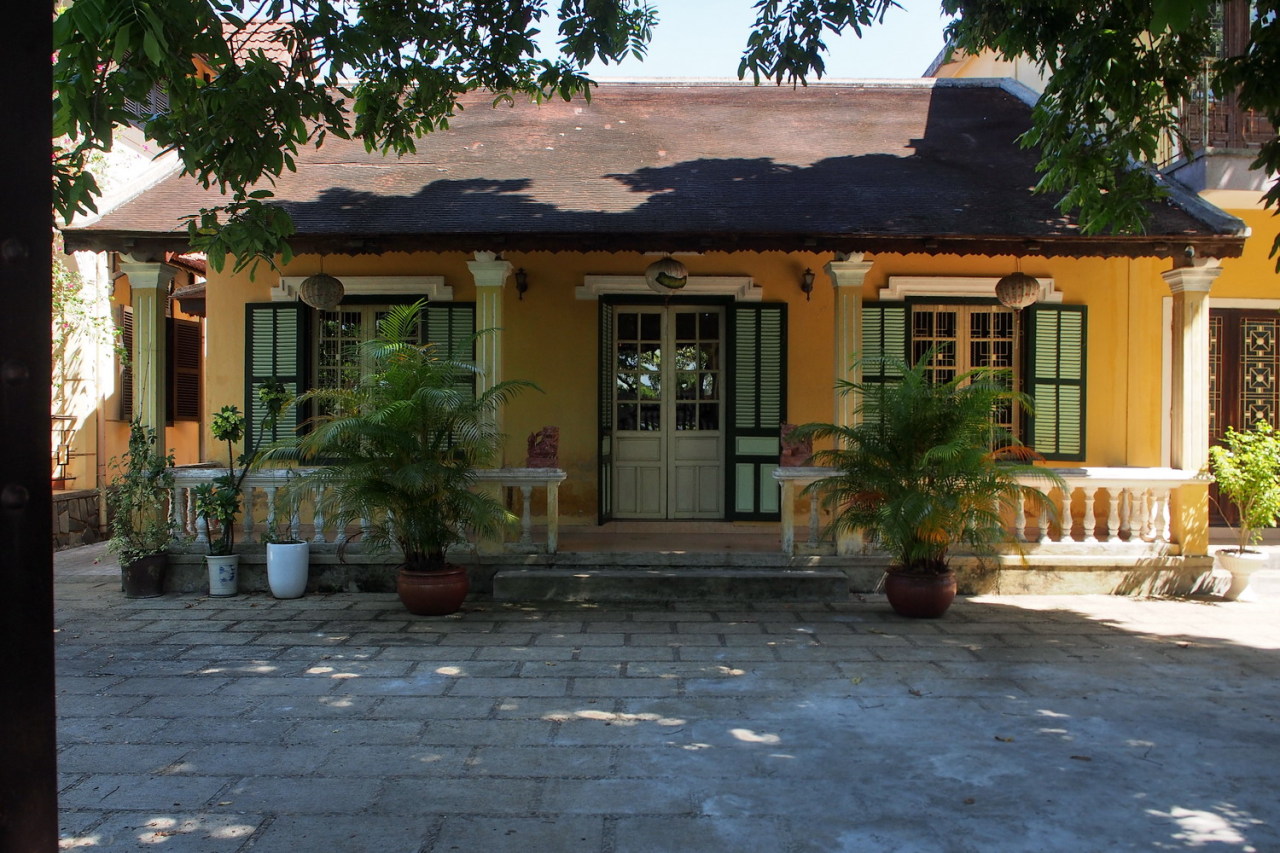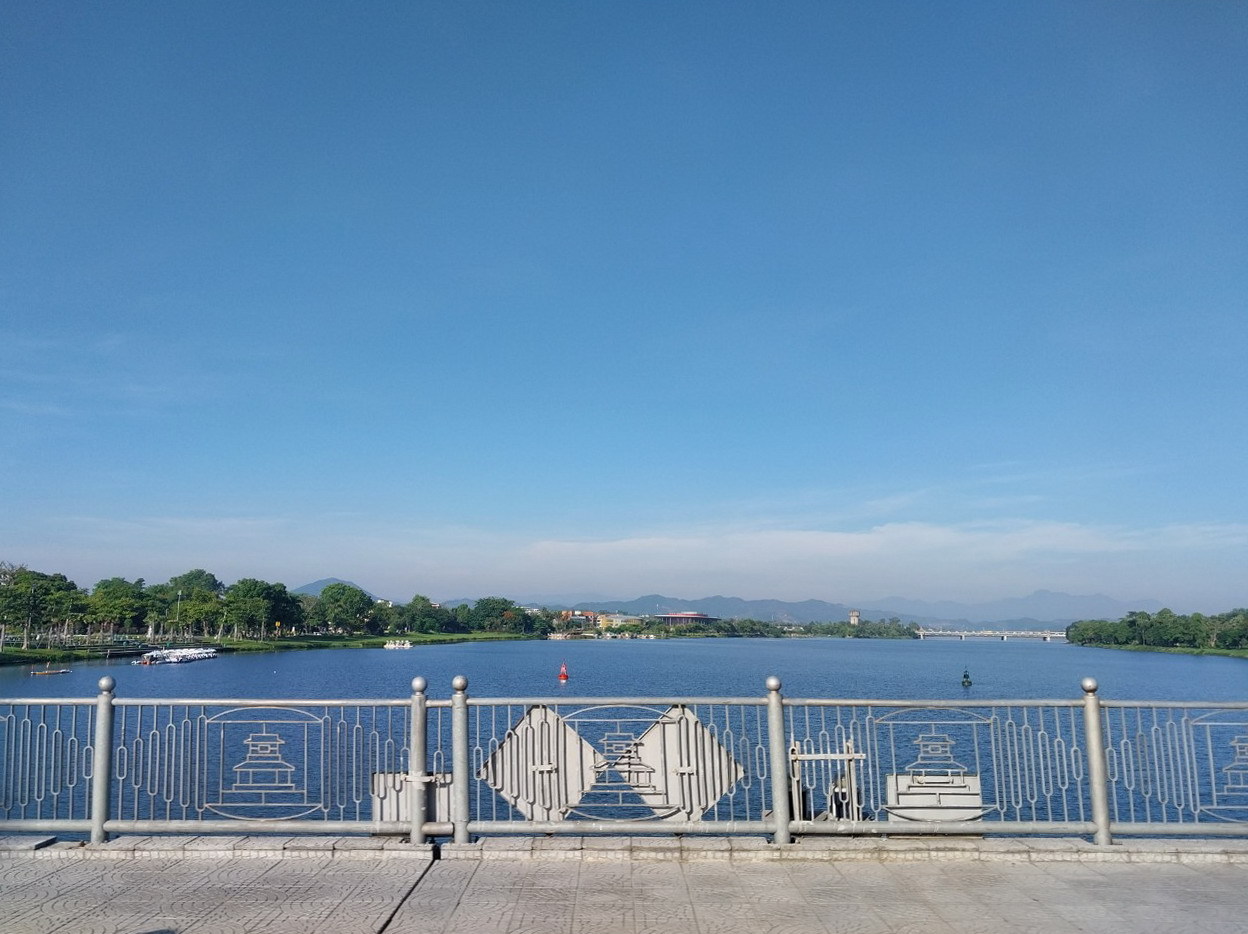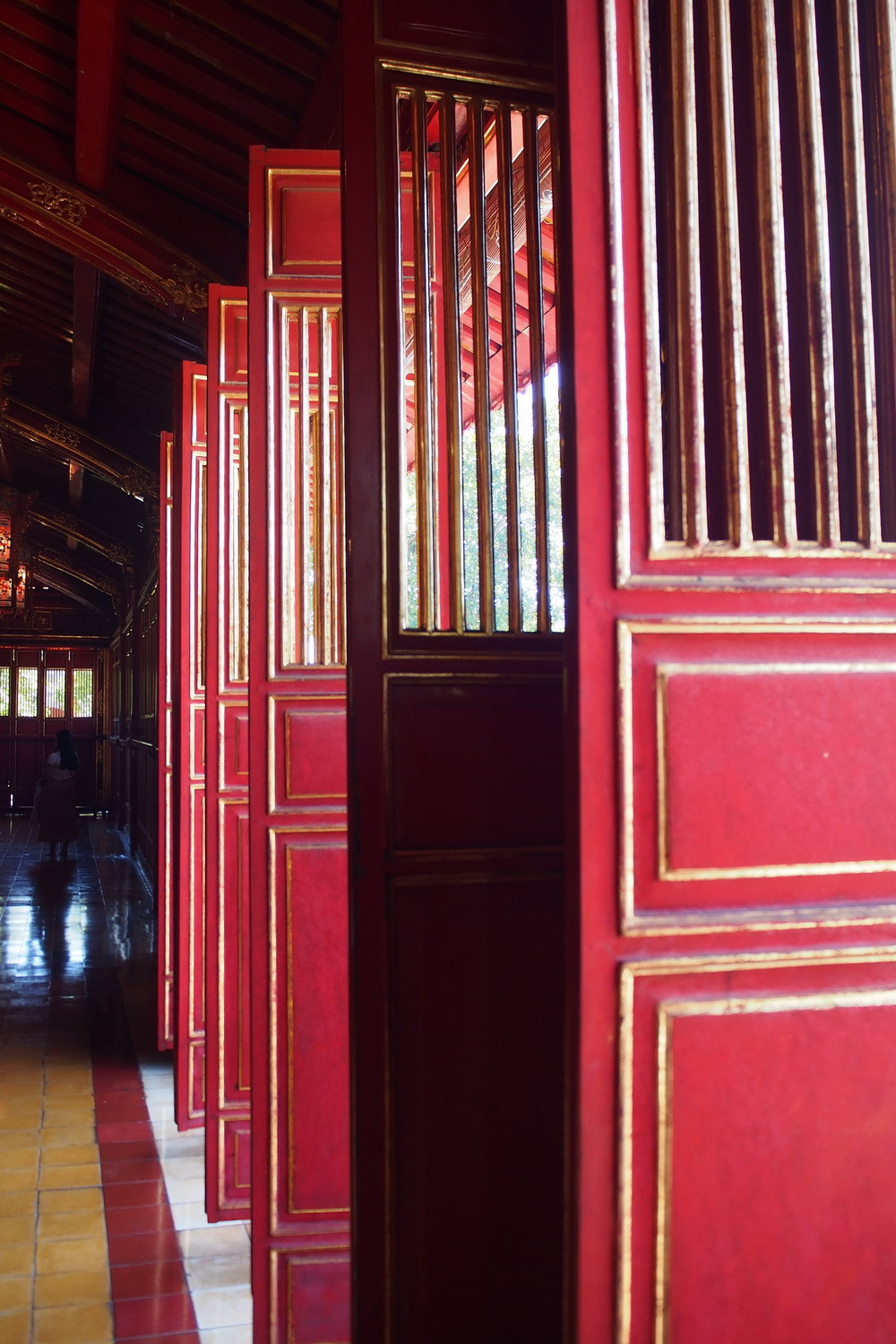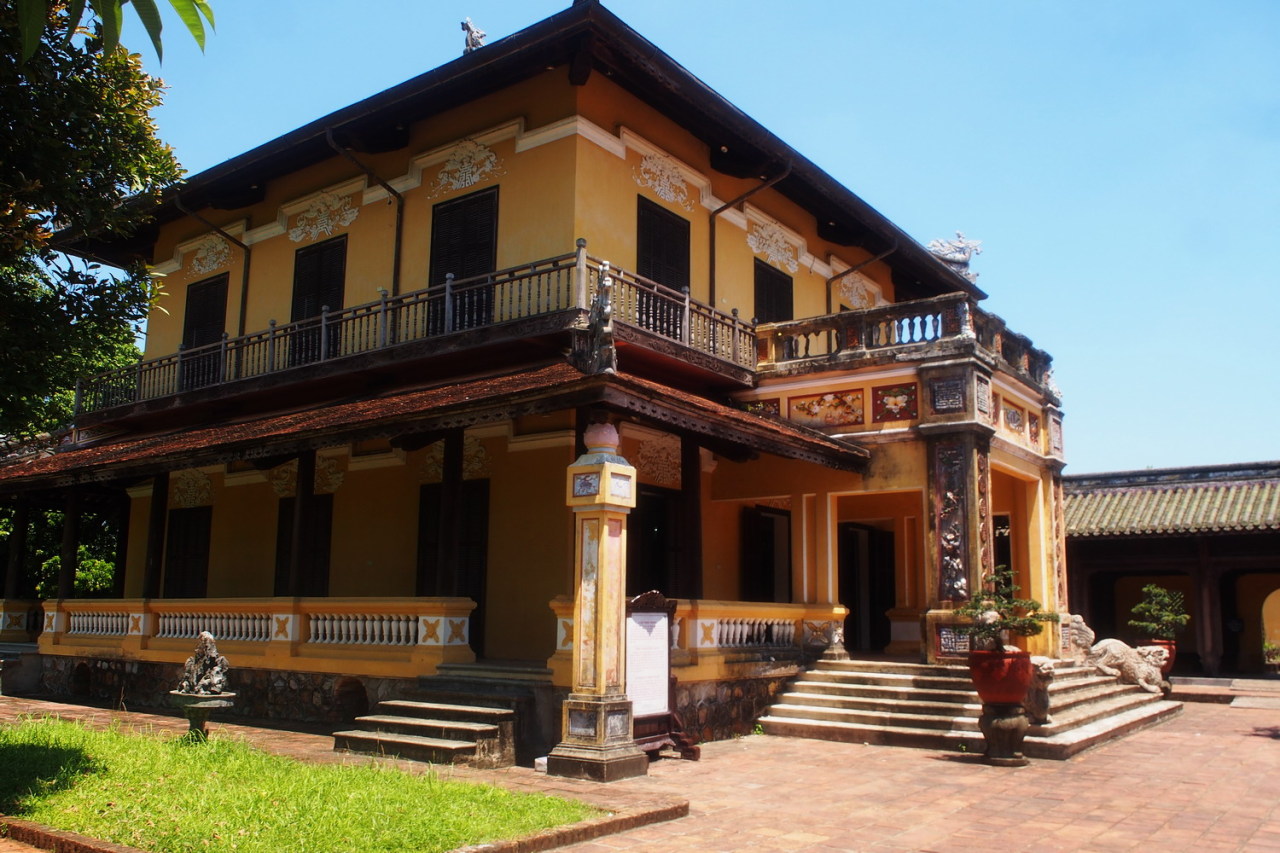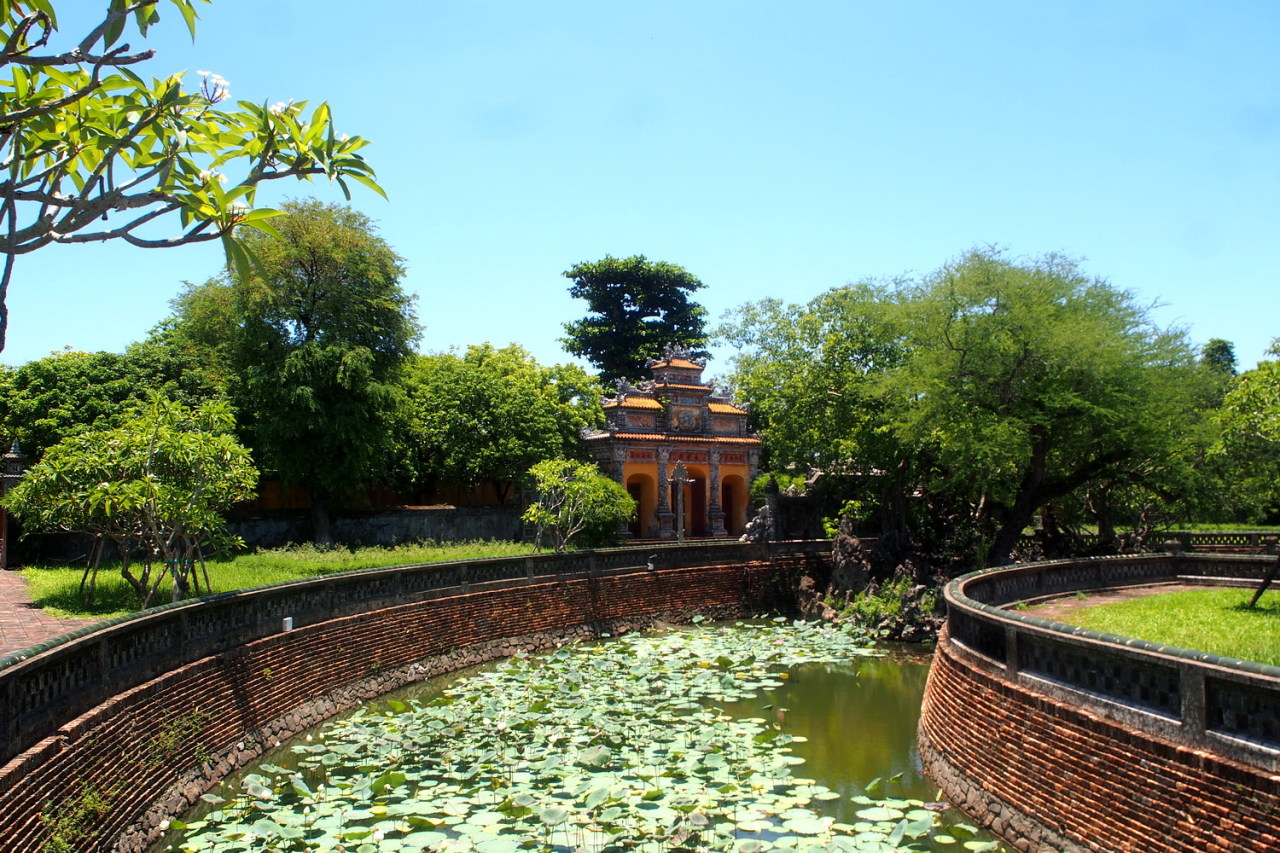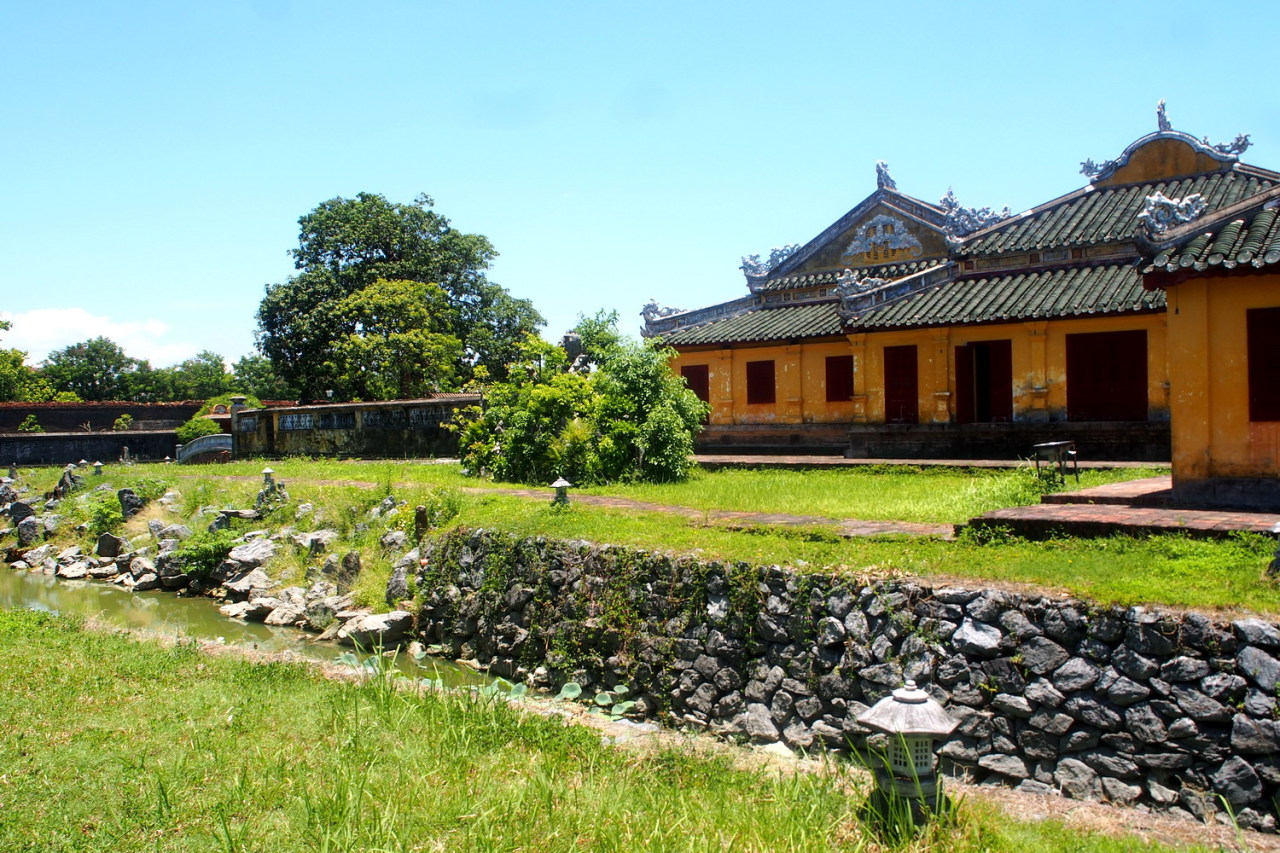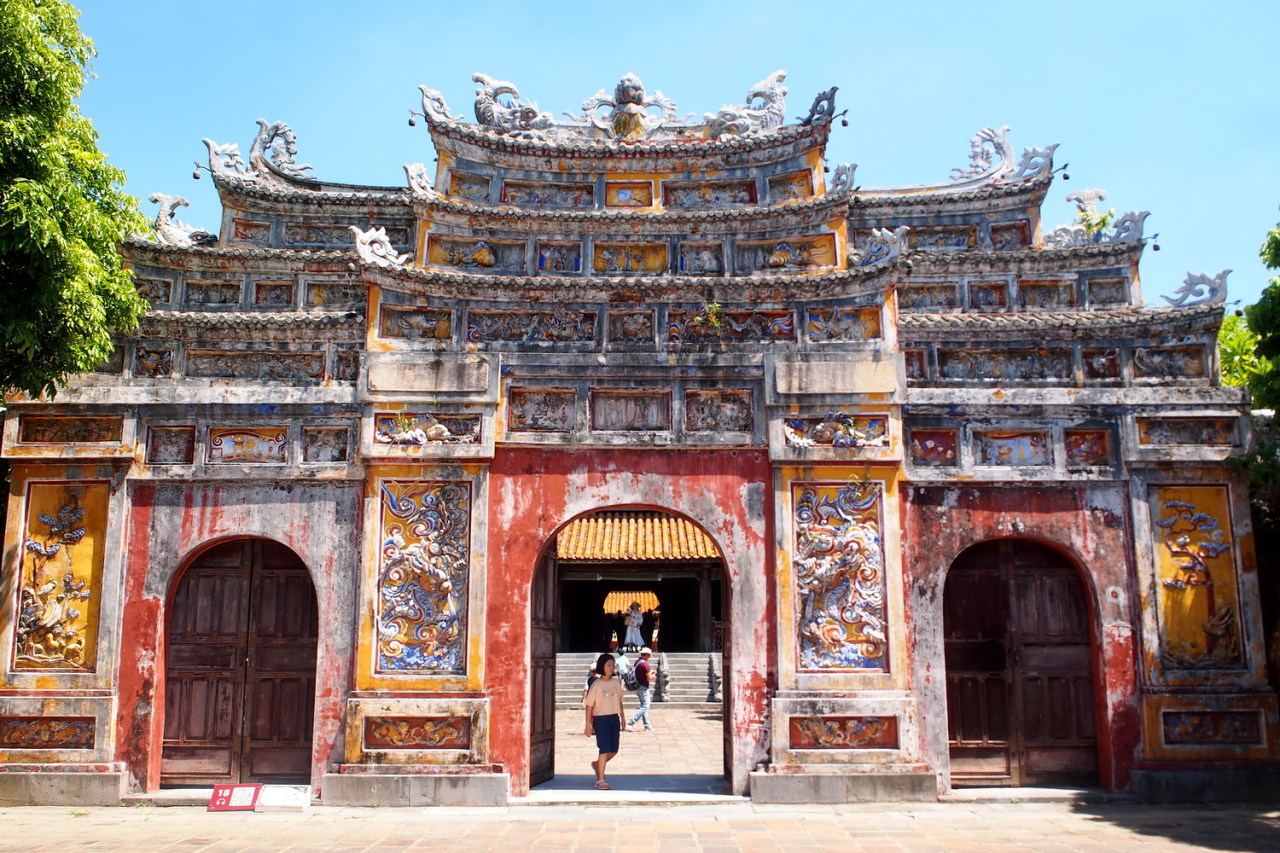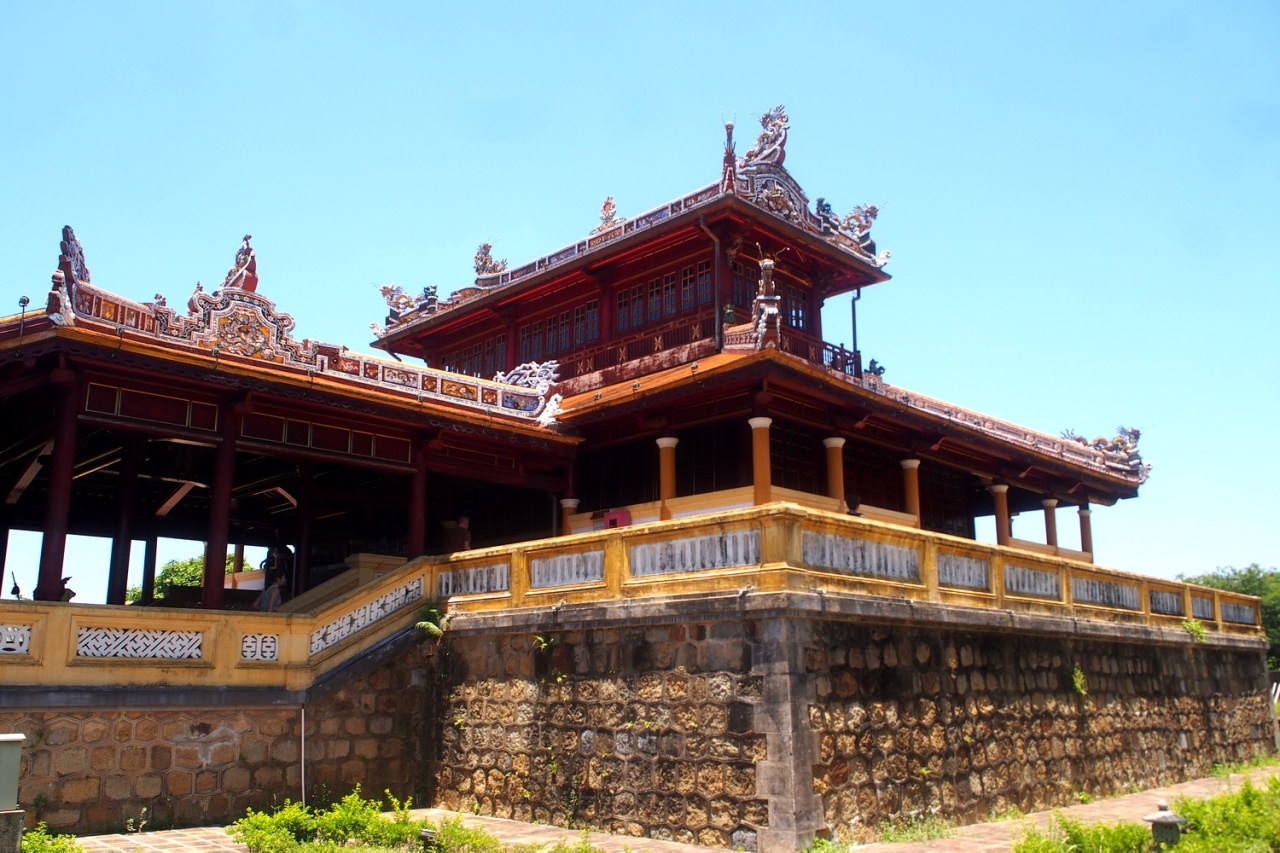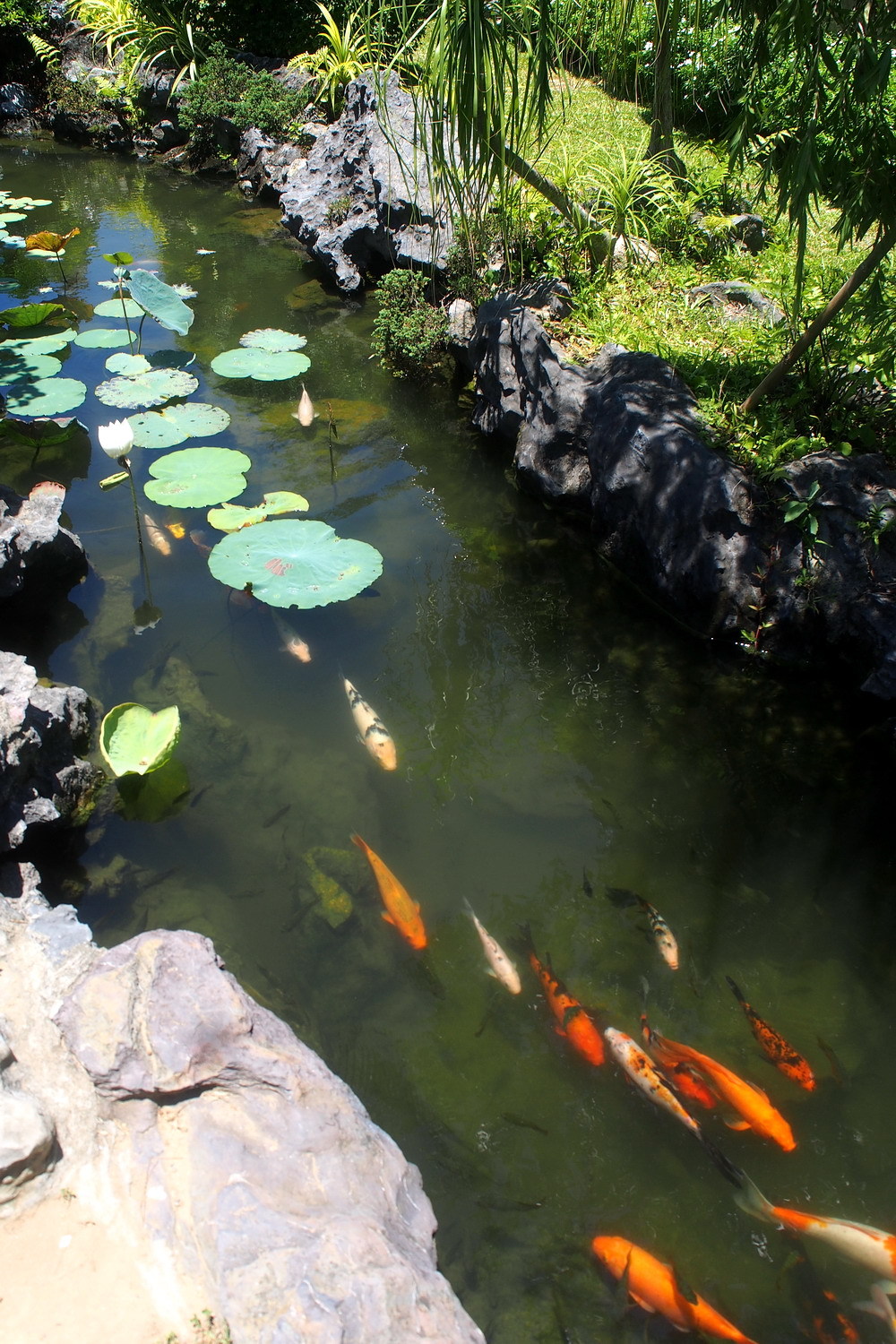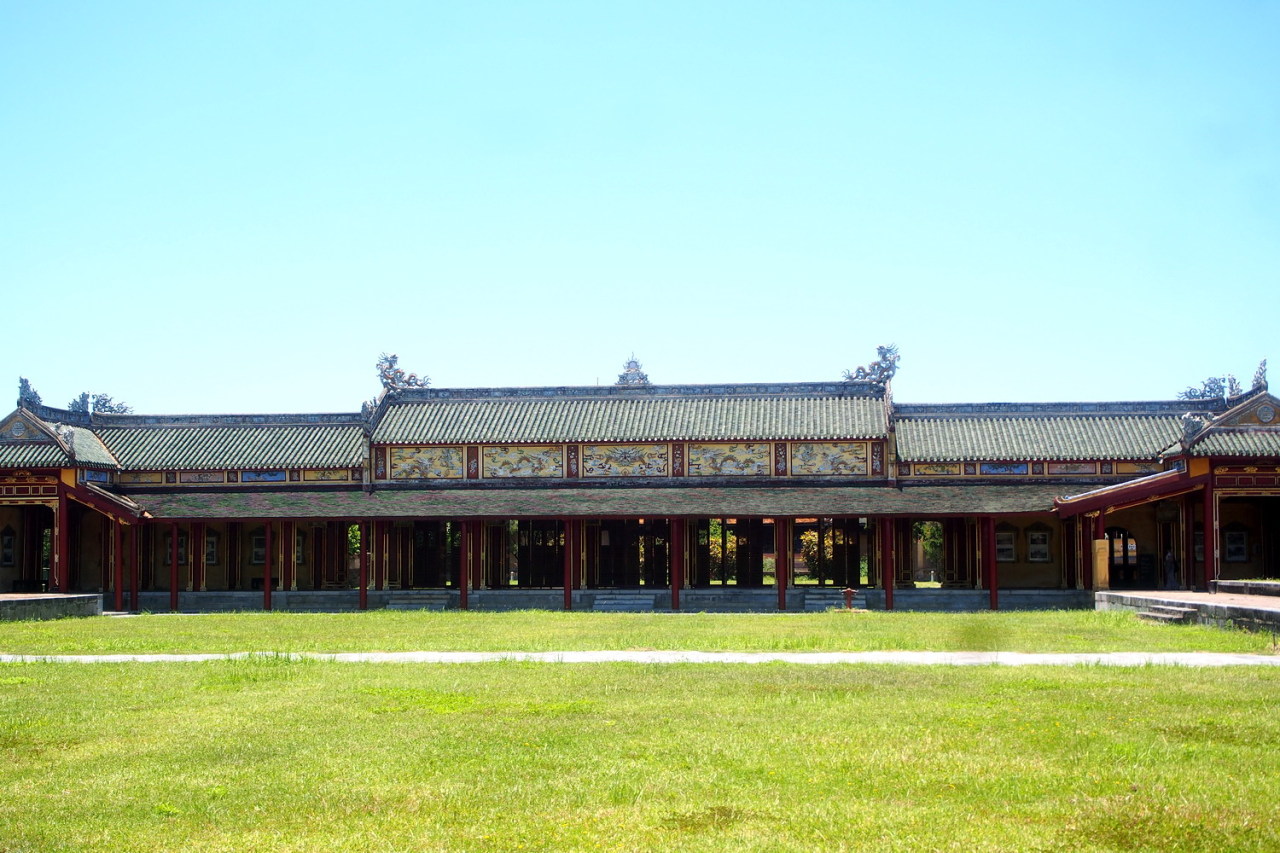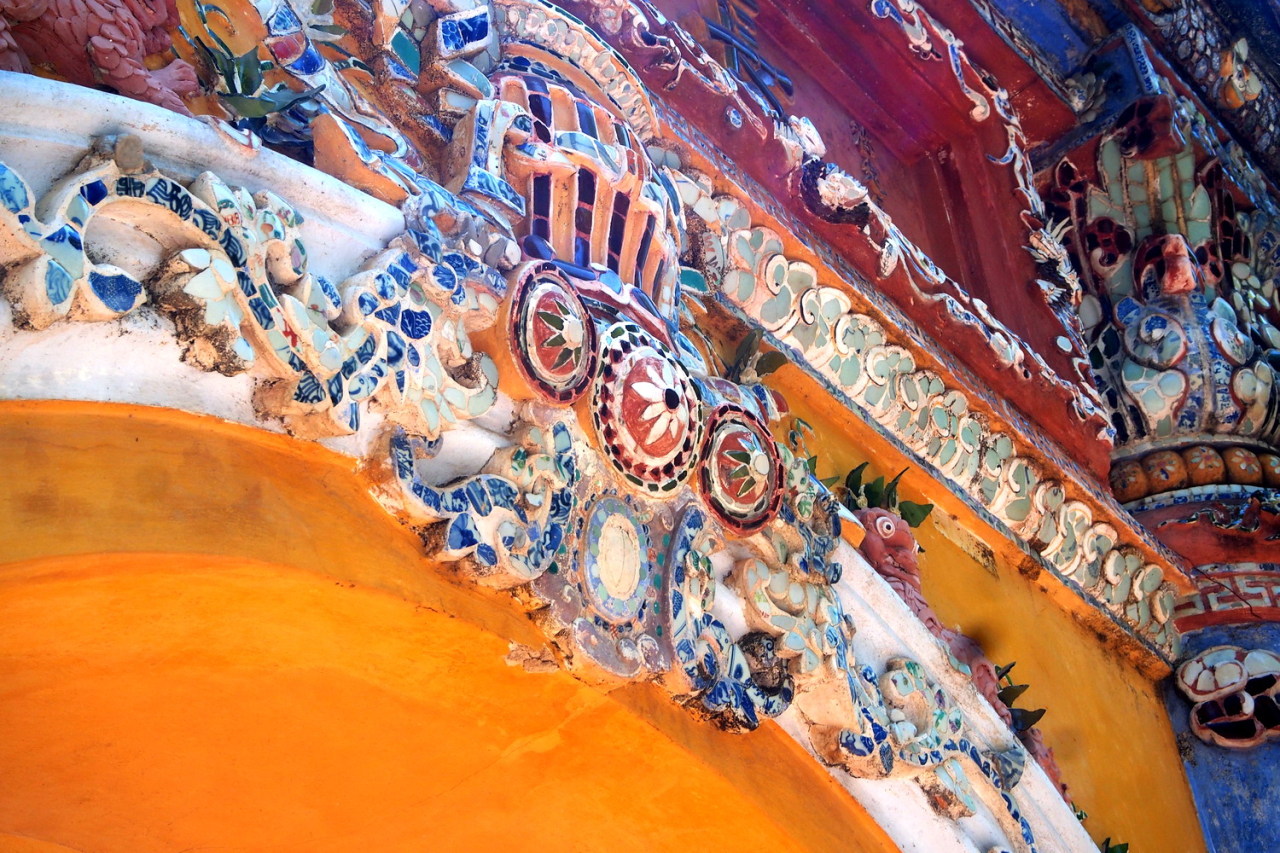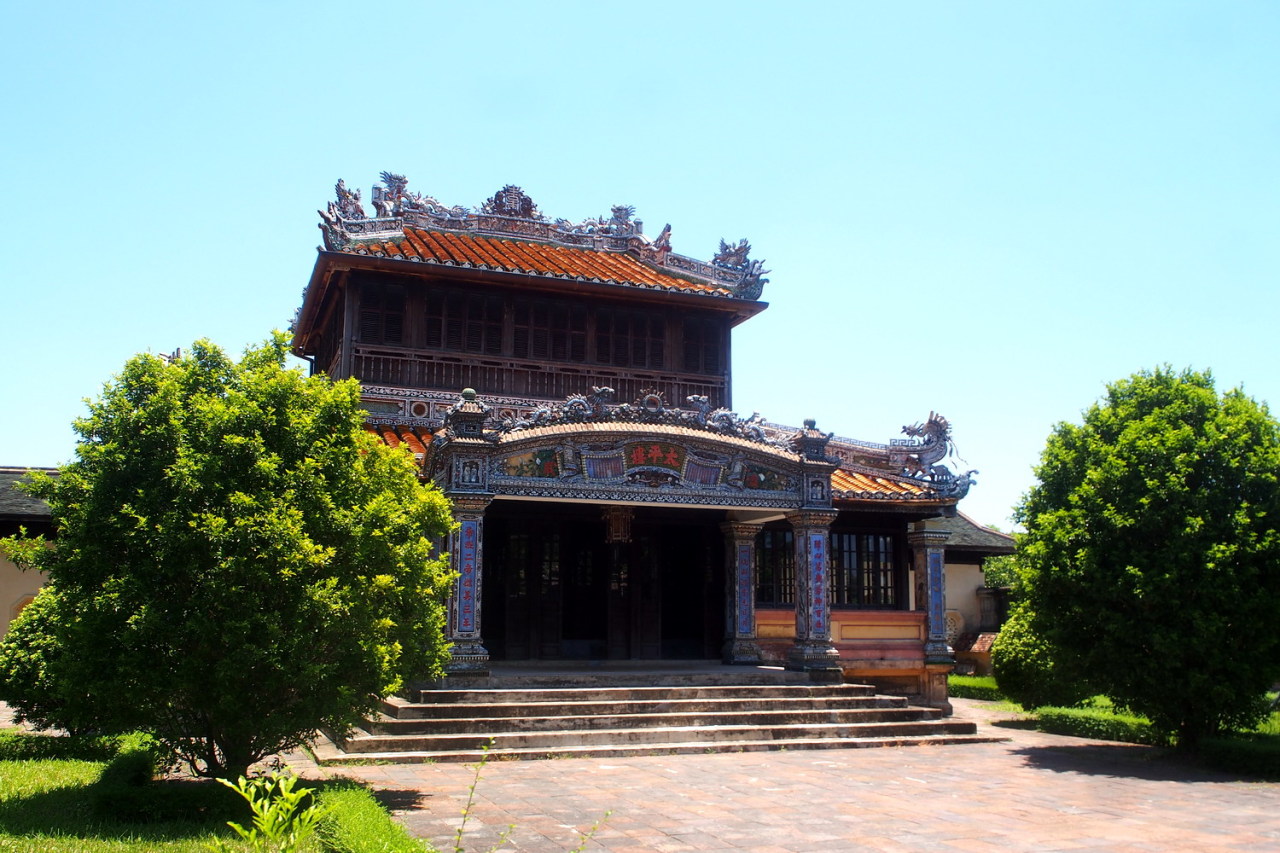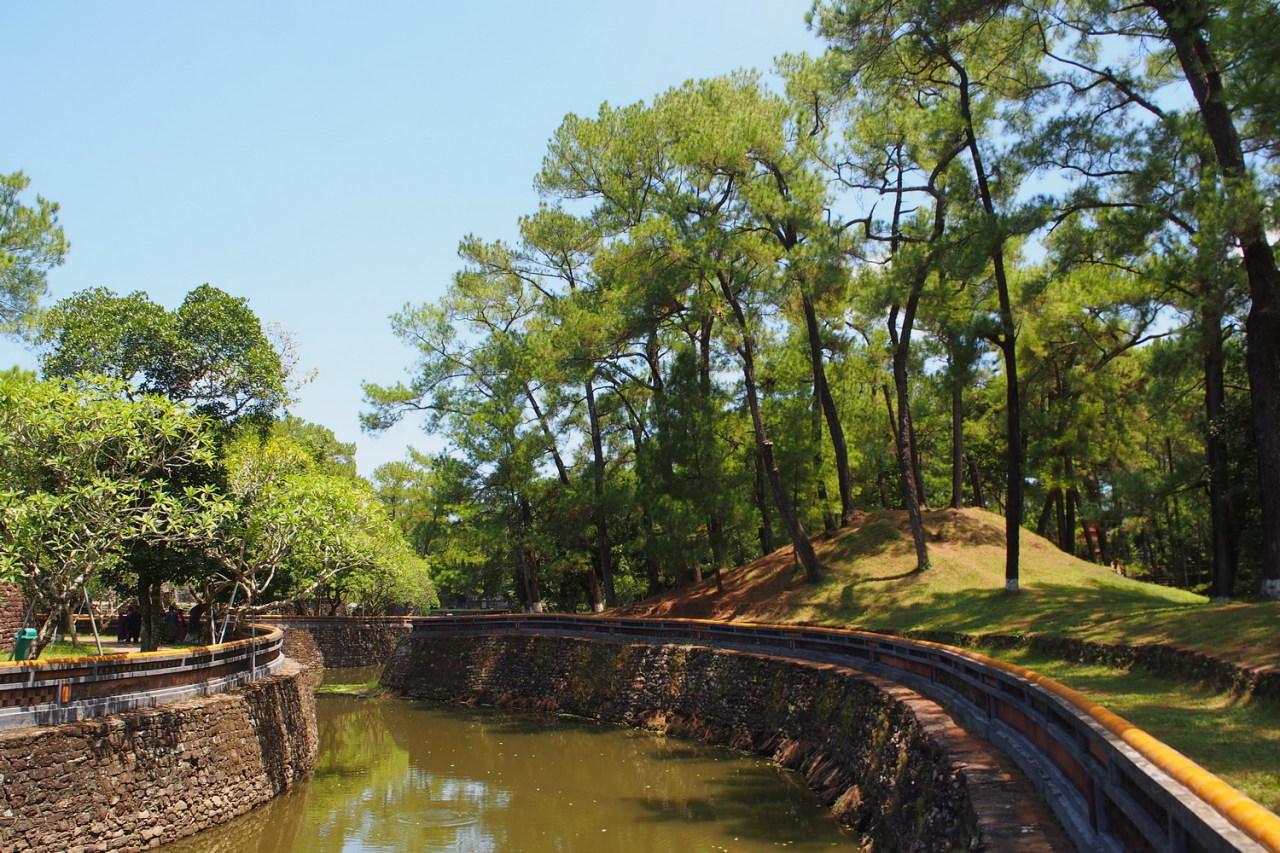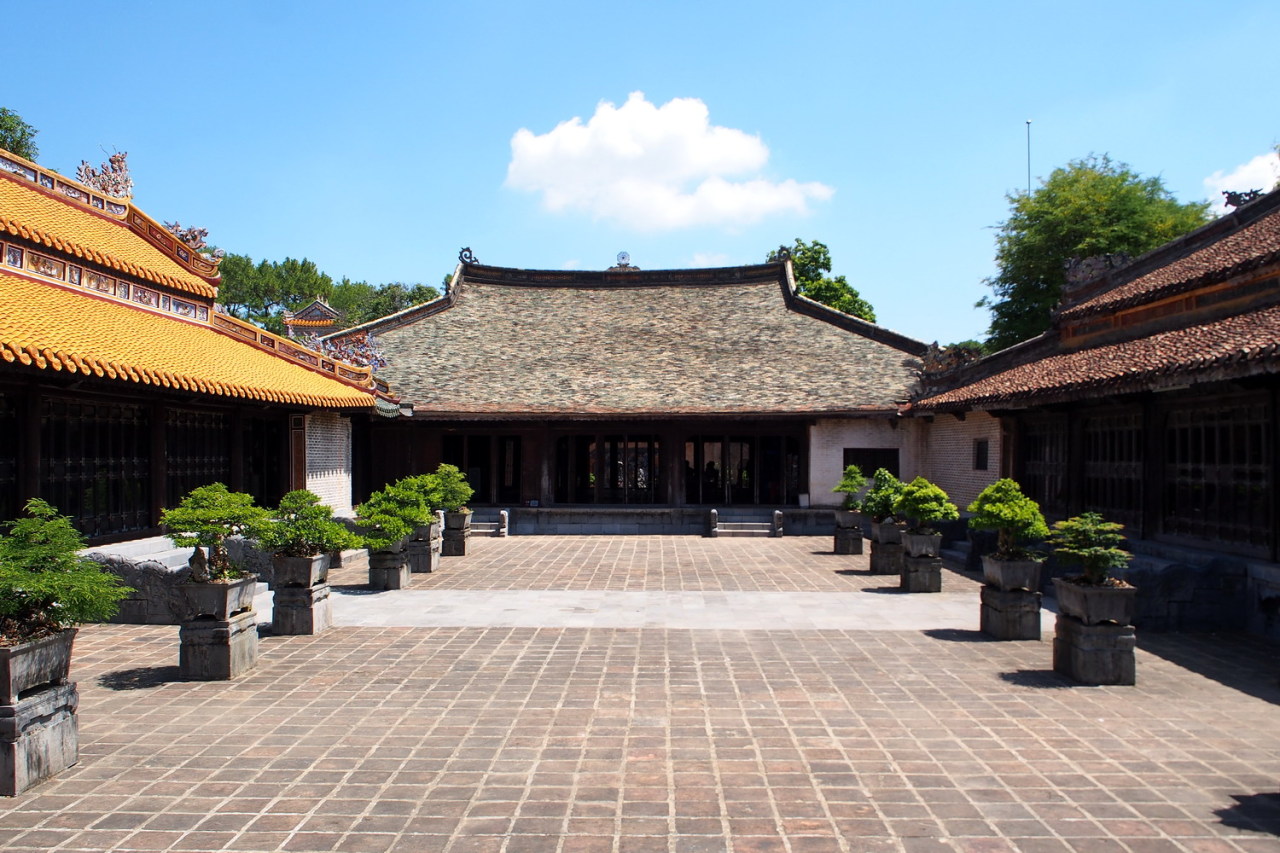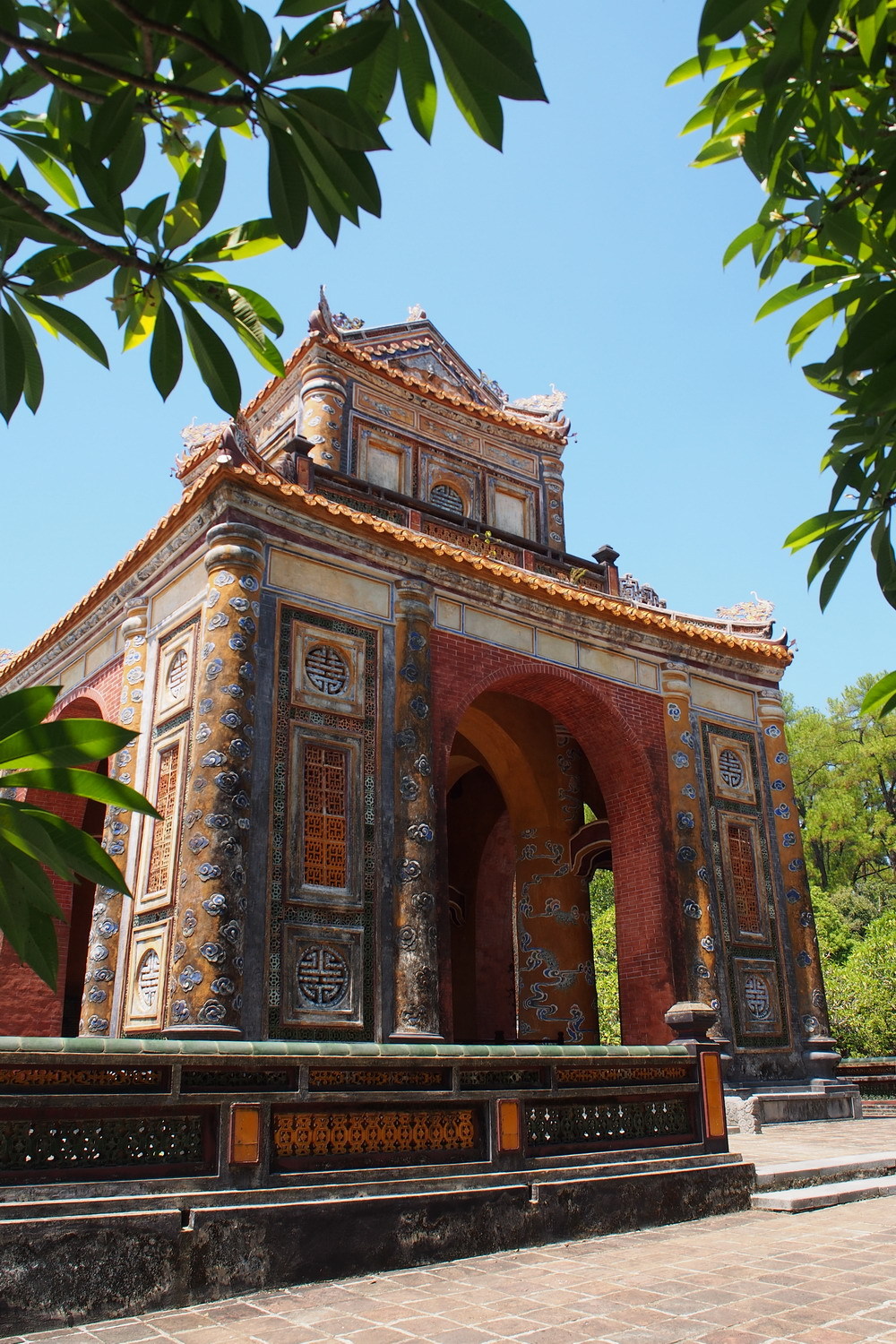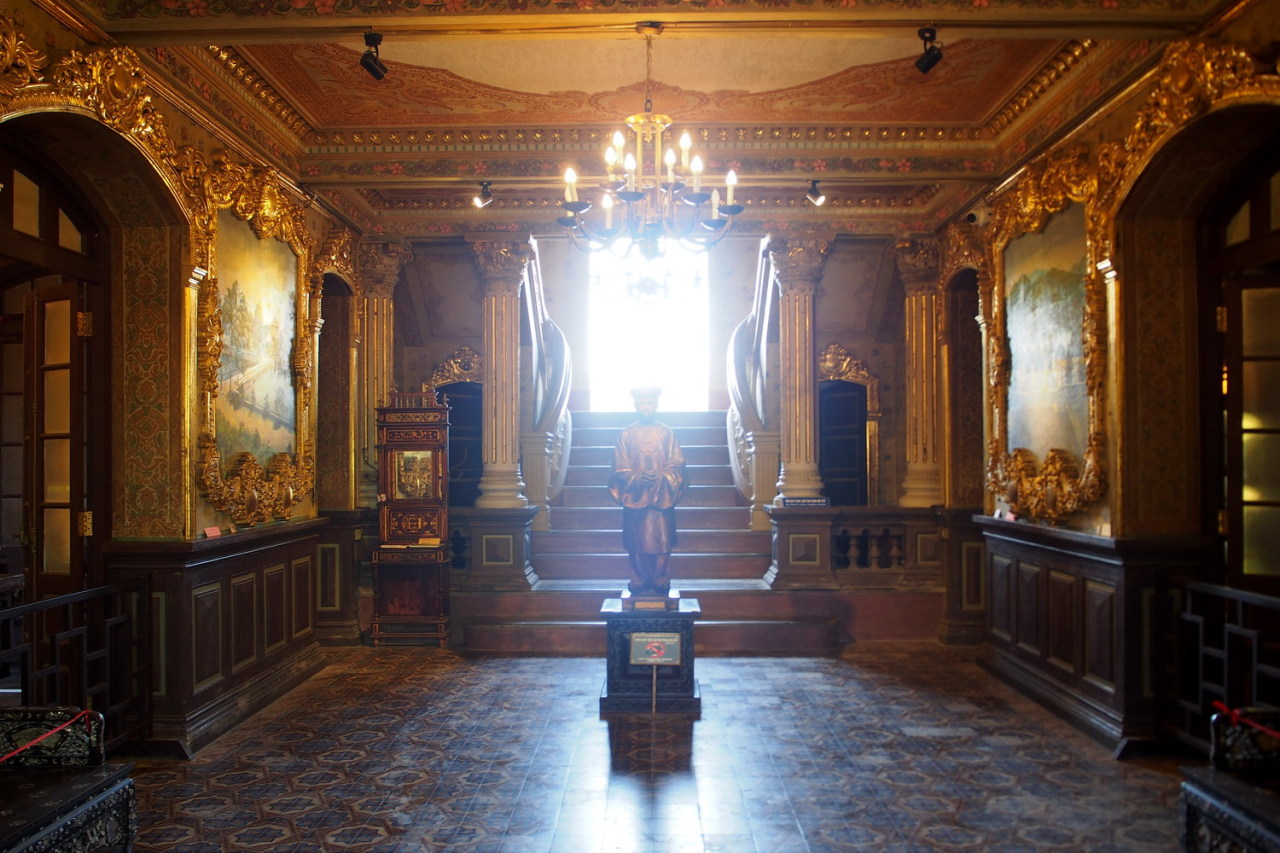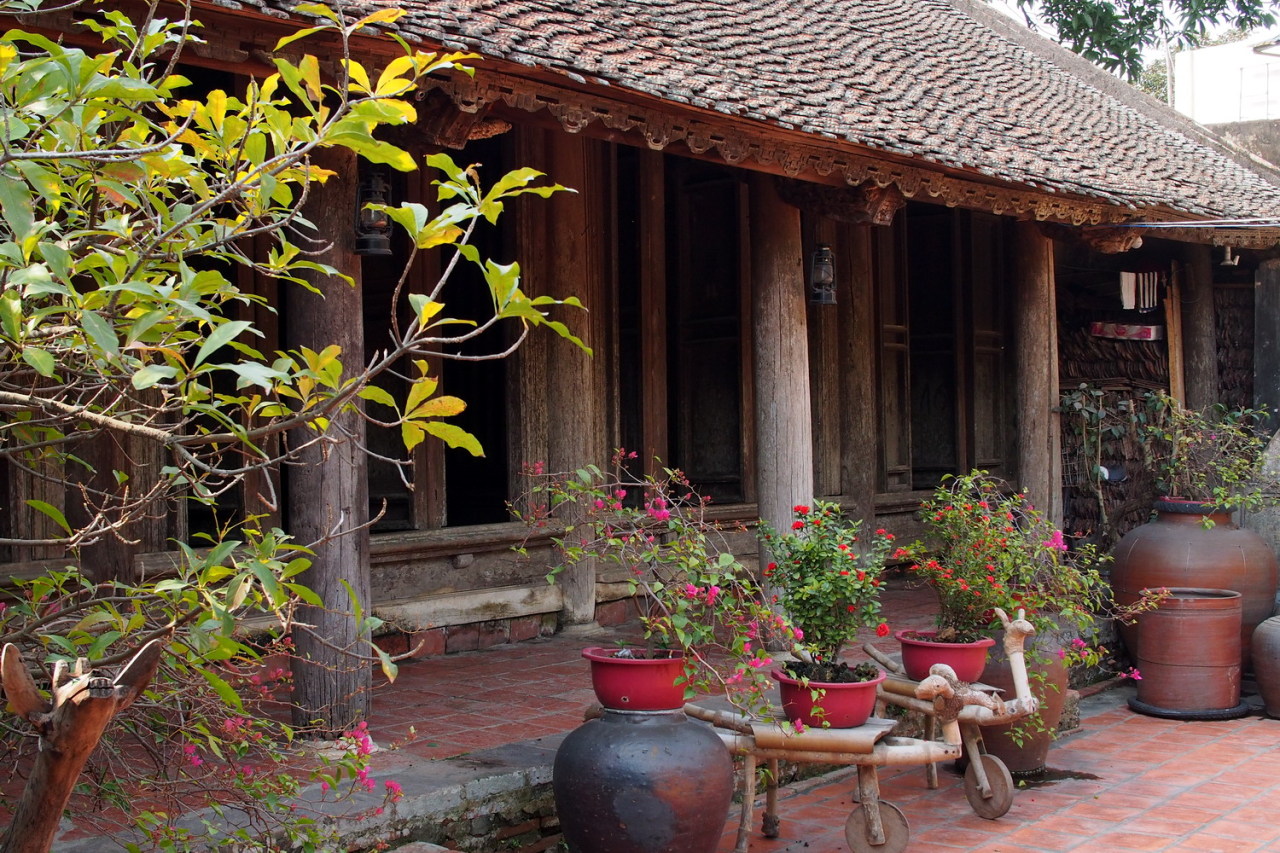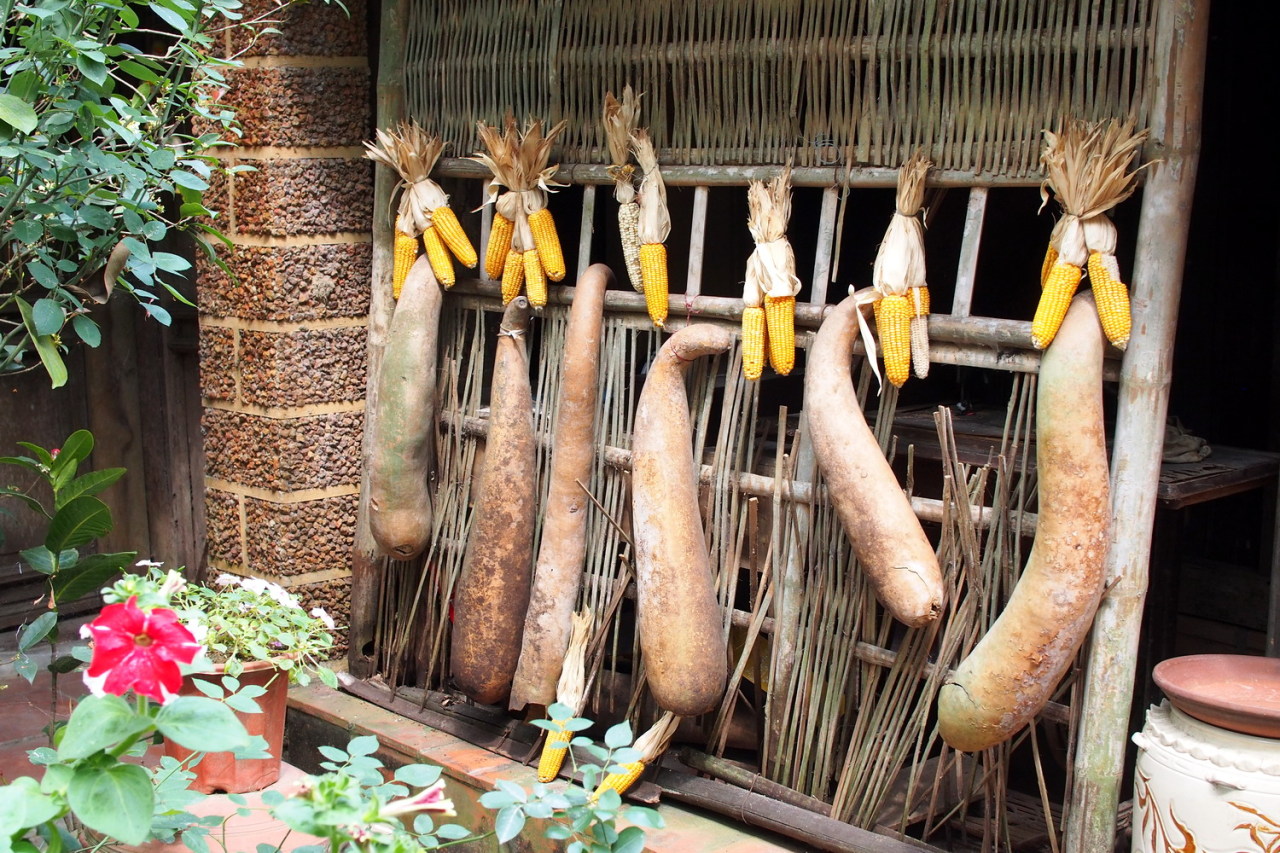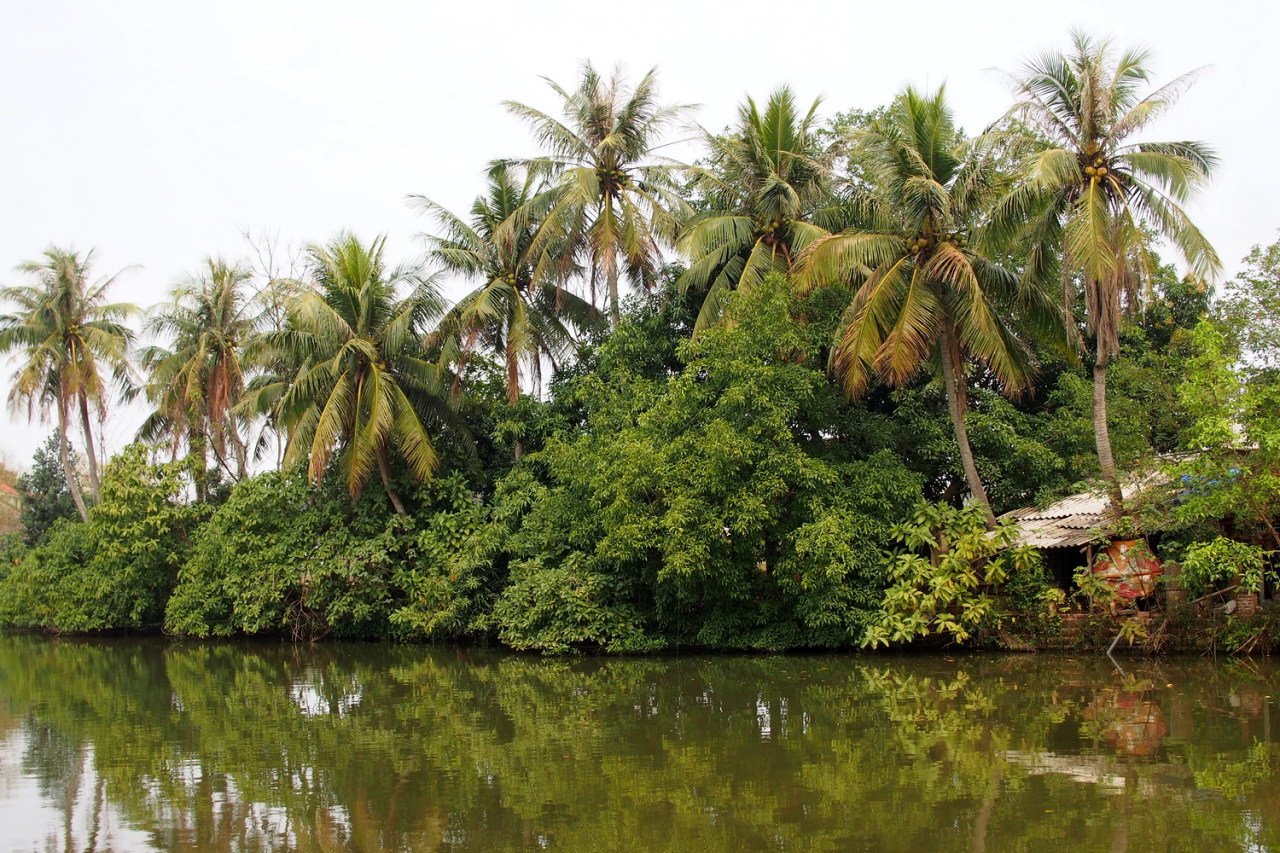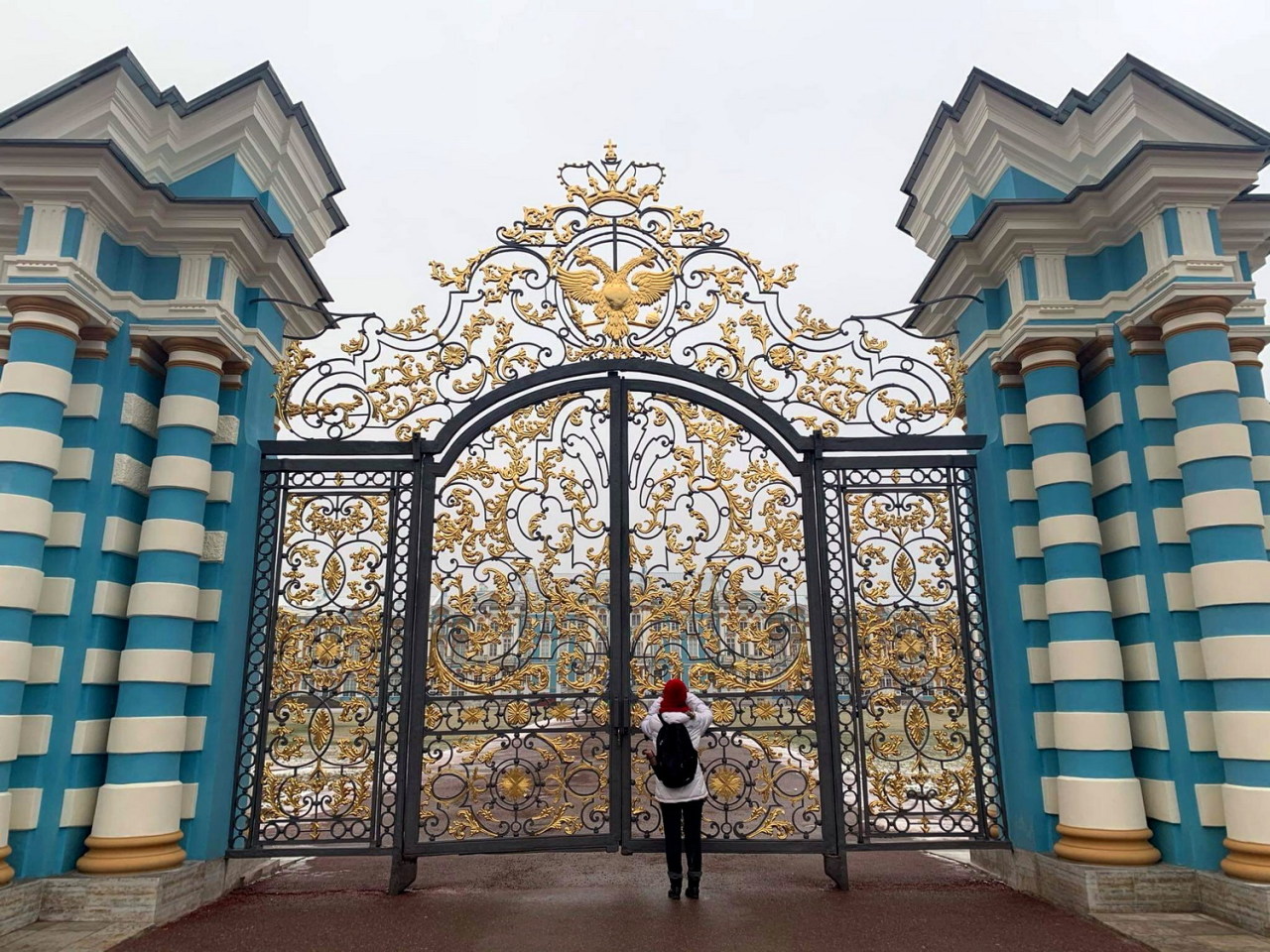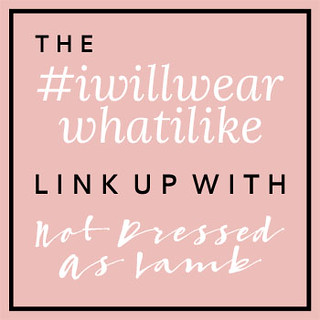Hue Diary #2: The City & The Beach
Posted: August 5, 2022 Filed under: Travel | Tags: travel, vietnam Leave a commentAs I said in my previous post, my sister and I only had 3 days in Hue, and since we were traveling with my niece and nephew, we couldn’t possibly drag them to all the historical places without boring them to tears, so we added in some kids-friendly activities as well. After a full day of sightseeing, we went on a boat ride on the Perfume River and enjoyed live performances of traditional Hue music. The kids didn’t care much about the music, but they were greatly tickled by the idea of riding on a dragon boat.
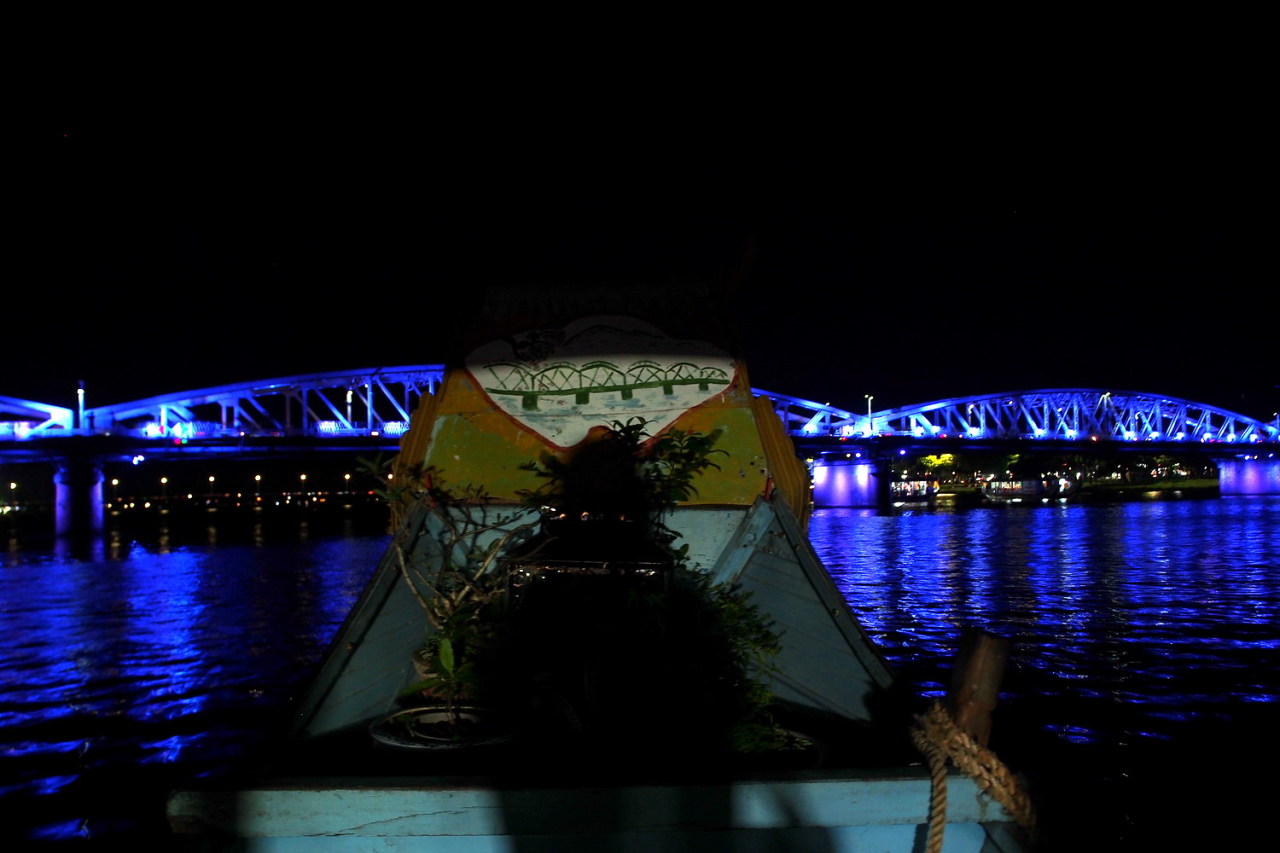 Truong Tien bridge, seen from our boat
Truong Tien bridge, seen from our boat
We then ended the evening with some chè (Vietnamese sweet soups/puddings). Hue is famous for its chè, with the roadside stalls that line the river banks boasting over 20 different flavors. It’s impossible to choose just one, so we had a sample of everything, tapas-style, before having another round of our favorites.
The next day, we headed to Lang Co, a beach resort town some 70km south of Hue. The beach here is so calm and clean, and again, quite empty of people, that even a hydrophobic like me had to go for a dip.
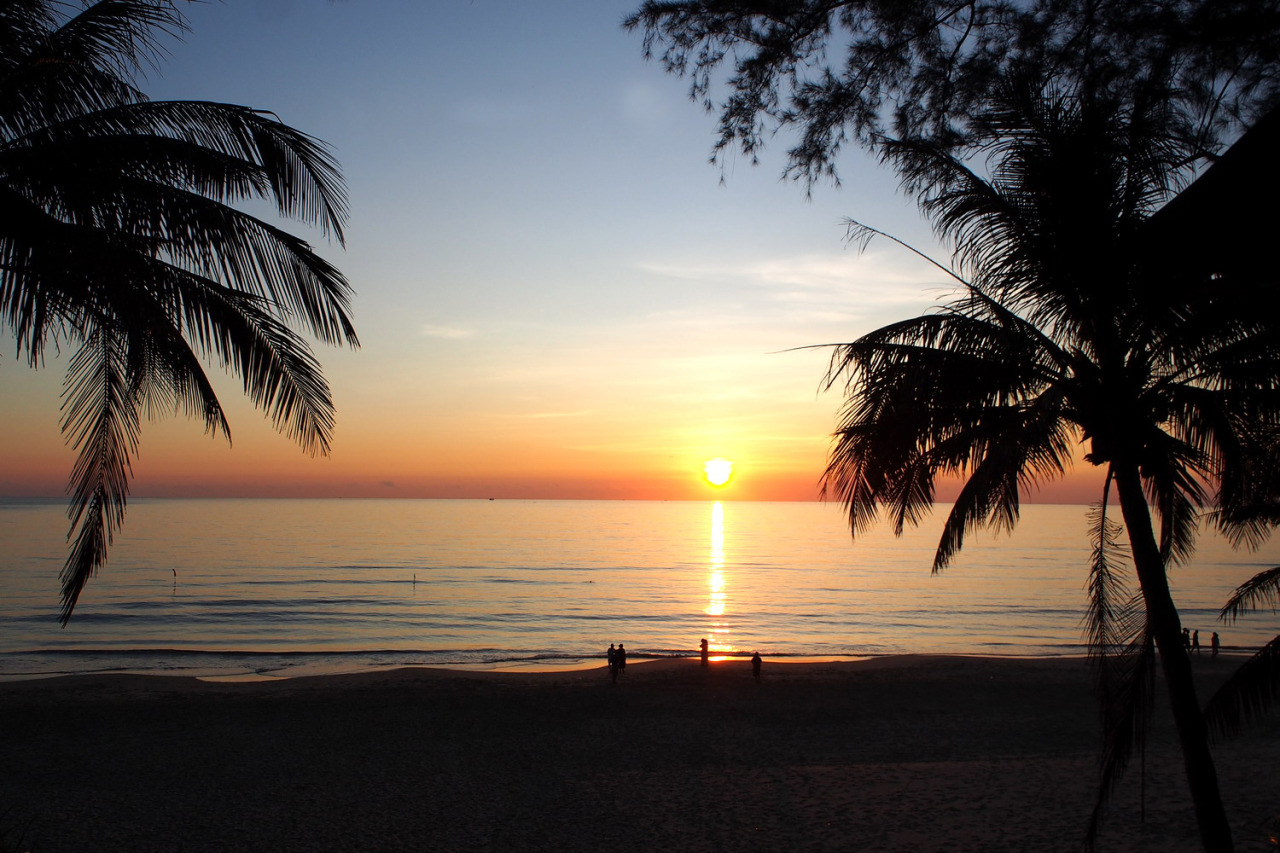 And the sunsets and sunrises are the best!
And the sunsets and sunrises are the best!
Finally, it was time to return to Hue and the airport to go home. I managed to snatch some time before our flight to wander around our hotel to snatch some photos of the city – I love how all the houses here are nestled amongst gardens and plants, even though they’re in the middle of a city. It’s little details like that that give Hue its dreamy, idyllic air and bring people back – I know I will have to return some day for a proper tour that does the city justice!
Hue Diary #1: Imperial City, Royal Palace & Mausoleum
Posted: August 3, 2022 Filed under: Travel | Tags: travel, vietnam Leave a commentLast weekend, my sister and I took a trip to Hue, a city in Central Vietnam and our former capital from 1802 to 1945. It was partly to celebrate our birthdays (our birthdays are close to each other so we tend to combine the celebration) and partly to give my niece and nephew a much-needed vacation. My sister and I have been to Hue before, but that was ages ago, and this was our first big trip since the pandemic, so naturally we were all excited. However, there was a recent spike in the number of COVID cases, so we could only get away for 3 days. Still, that was definitely enough to check out all the important sites of this lovely little city (if you love history and city exploration though, I’d recommend a week.)
Our first stop was the Imperial City, home to the Nguyen dynasty, the last feudal dynasty of Vietnam. Our hotel is within walking distance of the citadel, and there are so many trees that despite the hot sun, it was quite a nice walk. The citadel was neglected after 1945 and heavily damaged during the two wars, so there are still many empty/ruined places, but it gives the place a melancholic feel that I quite like. Another big plus is that there weren’t many people around. The main attraction – Thai Hoa palace, where the Emperor held court – being under renovation may account for the lack of tourists. We went to Dien Tho palace and Truong Sanh palace (residences of the Empress and Dowager Empress) and hardly saw anybody.
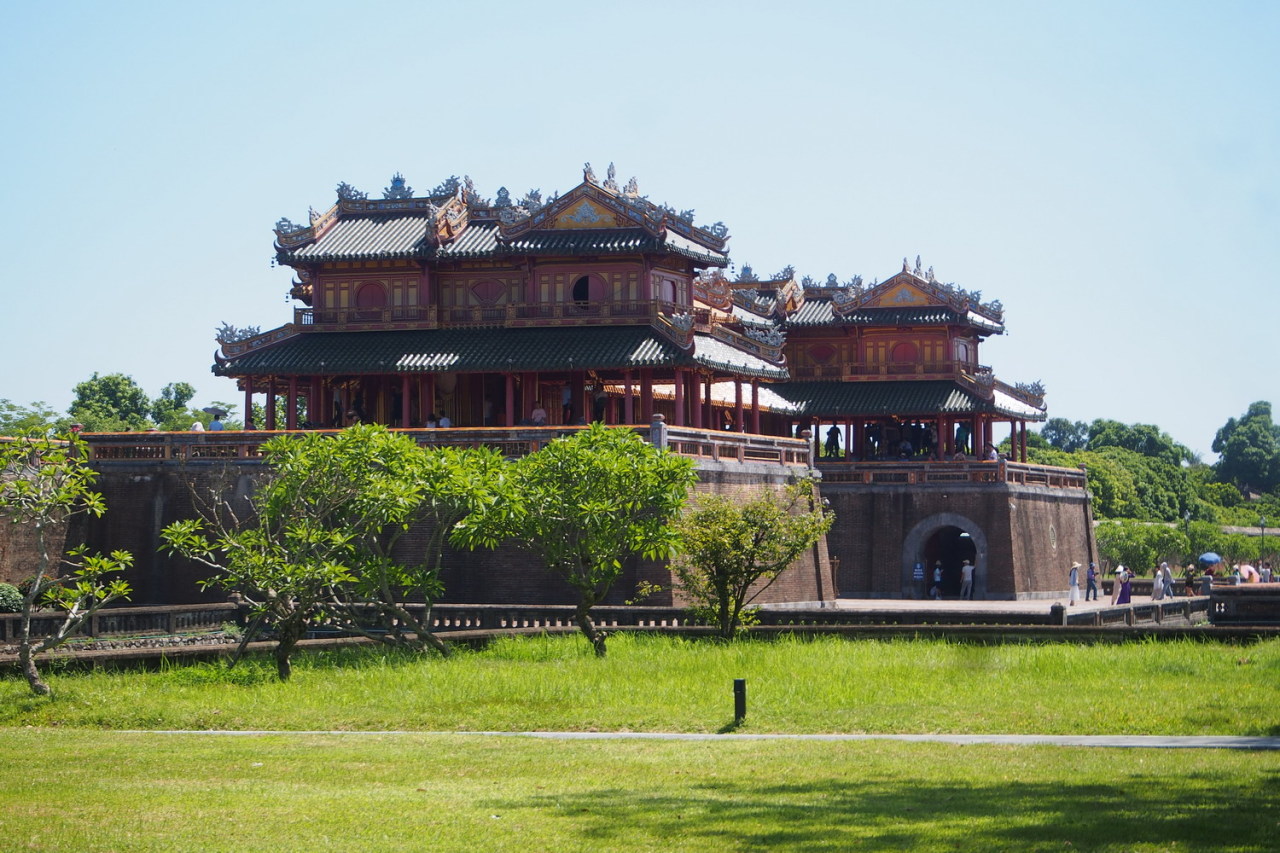 The main gate of the Imperial City
The main gate of the Imperial City
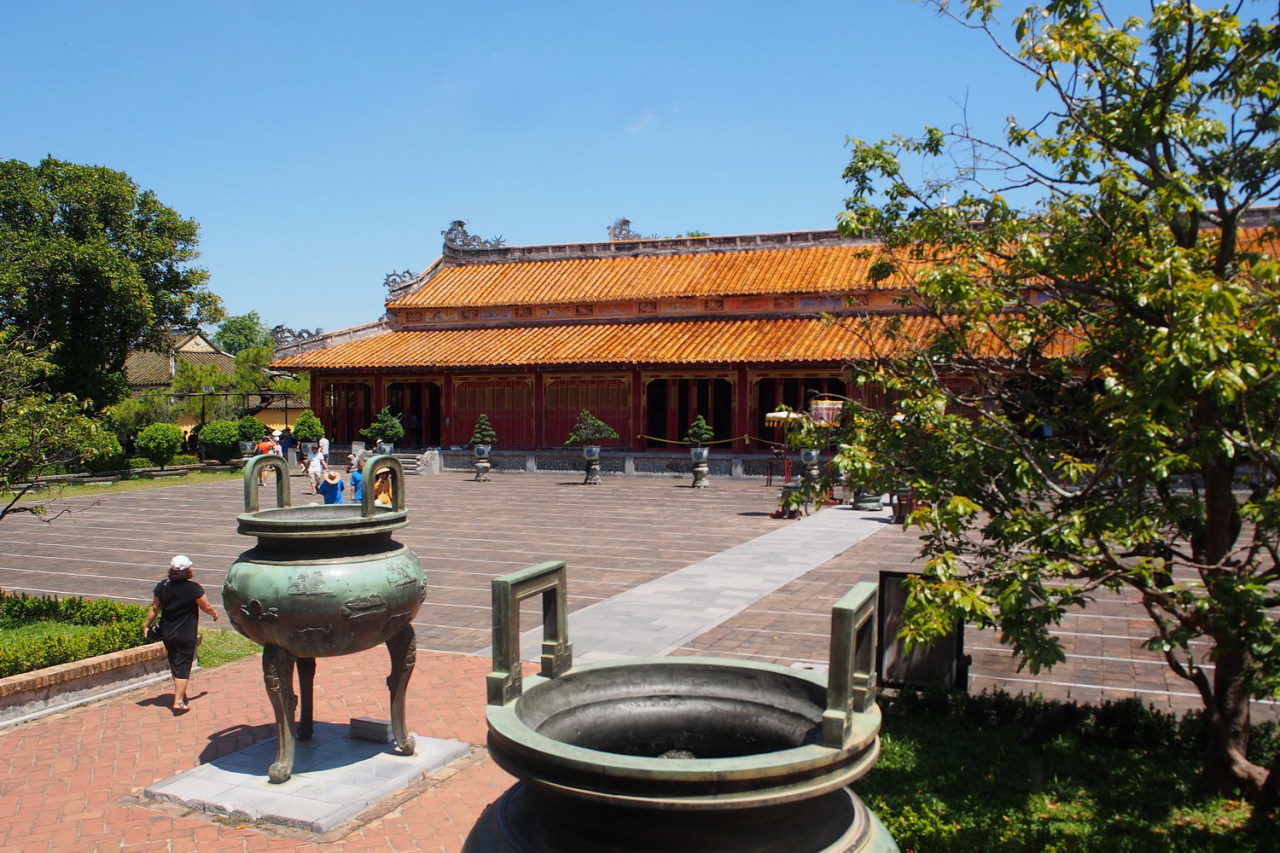 The temple dedicated to all 13 Nguyen Emperors
The temple dedicated to all 13 Nguyen Emperors
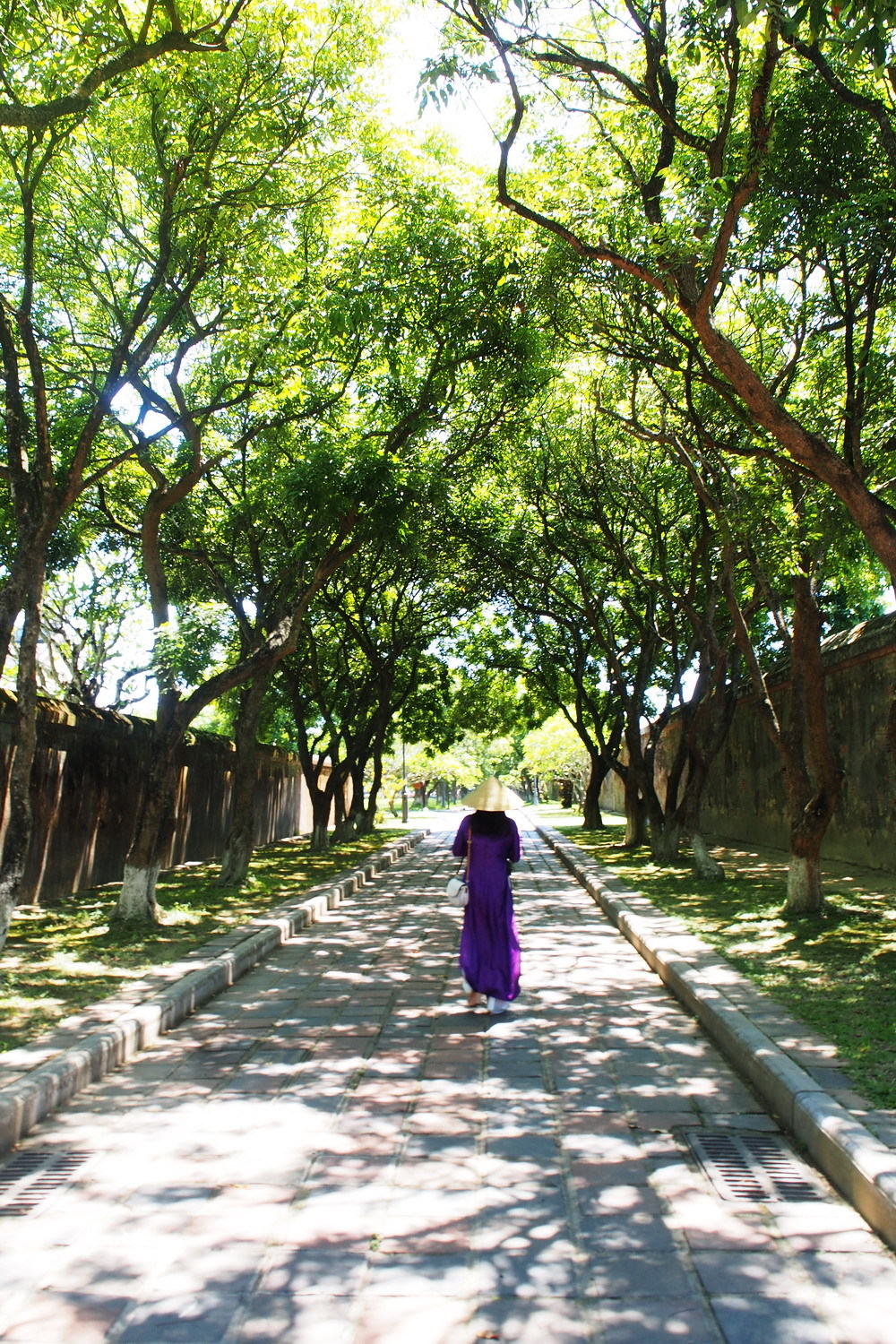
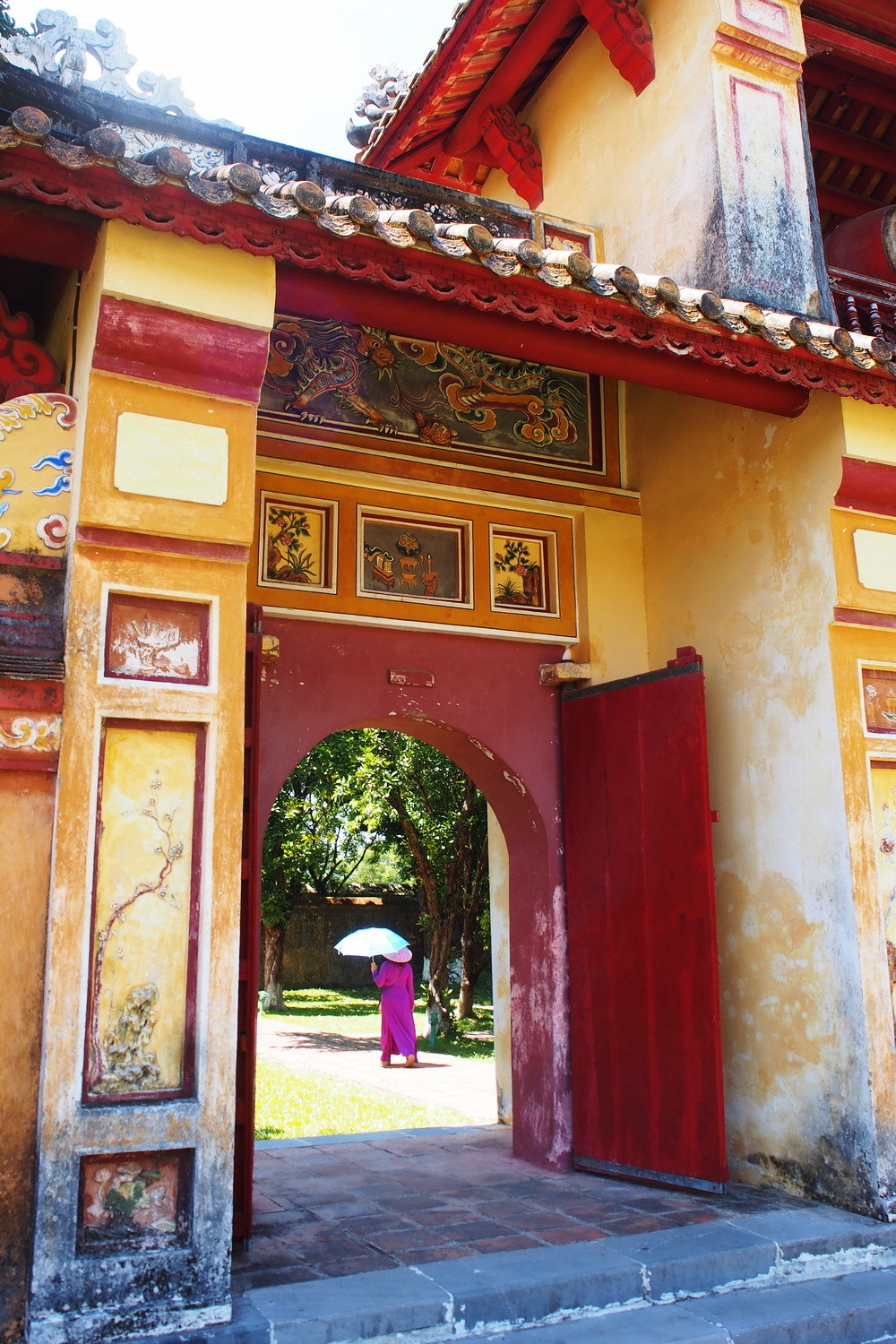
A typical traditional outfit for Hue women (this particular shade is known as “Hue purple”)
 The gallery surrounding Can Chanh Court, where the Emperor worked
The gallery surrounding Can Chanh Court, where the Emperor worked
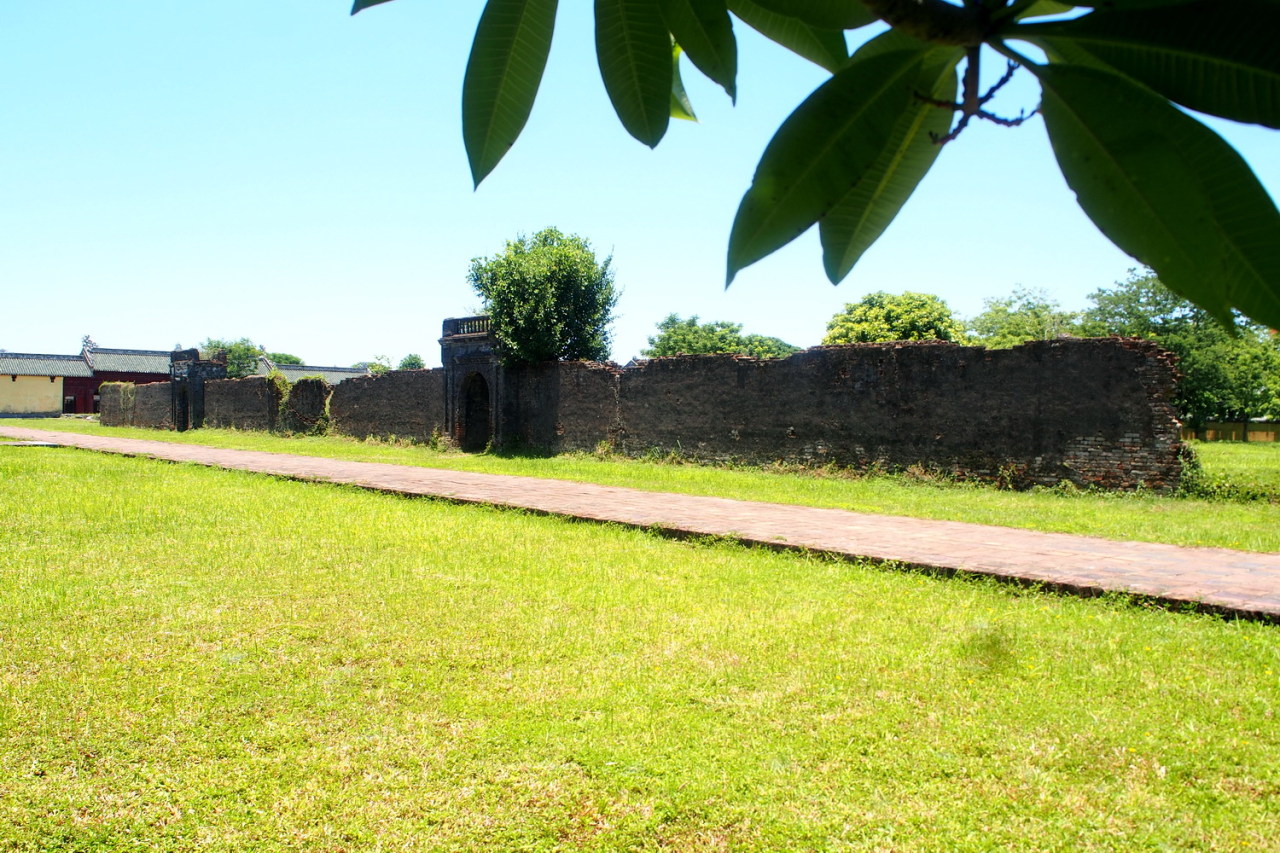 The court itself was sadly destroyed in 1947 – this is all that remains
The court itself was sadly destroyed in 1947 – this is all that remains
Later that day, we went outside the city to visit the Mausoleum of Emperor Tu Duc – there are four noteworthy mausoleums in Hue (those of Emperors Gia Long, Minh Mang, Tu Duc, and Khai Dinh) but Tu Duc’s is the best both in terms of style and scope. Set on a hillside and surrounded by pine trees, it is not just a place of burial but also a place of rest and relaxation for the Emperor while he was alive.
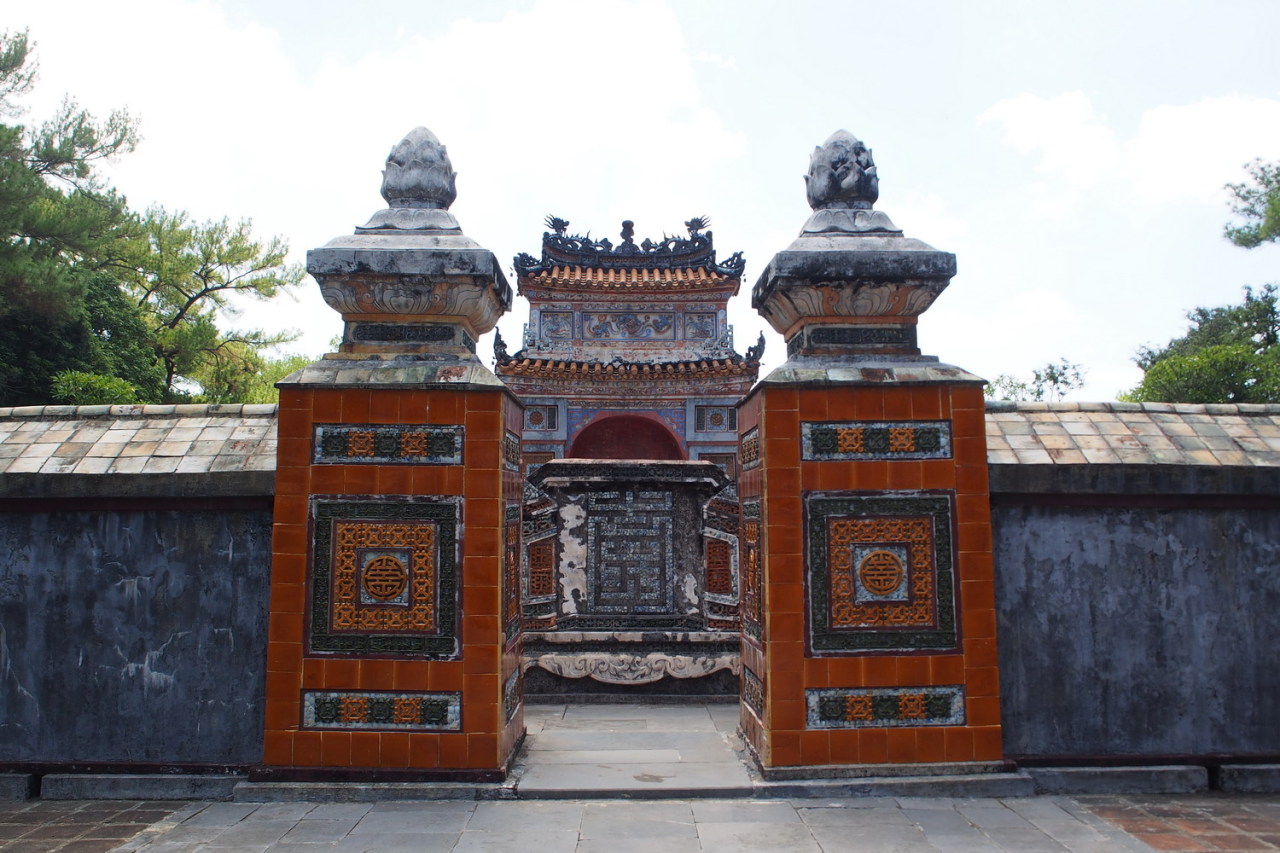 The entrance to the Emperor’s tomb (but not where he was actually buried. For superstitious reasons, most of the Nguyen emperors were buried in secret places)
The entrance to the Emperor’s tomb (but not where he was actually buried. For superstitious reasons, most of the Nguyen emperors were buried in secret places)
If you have the time, the Mausoleum of Emperor Khai Dinh is also worth a visit for its wild mix of French and traditional Vietnamese styles, but since my sister and I have both been there before, we decided to check out a lesser-known site – An Dinh Palace. It was built by Khai Dinh in 1917 while he was the Crown Prince, and later became the residence of his son, Bao Dai, the last Emperor of Vietnam. It has the same mix of architectural styles, and there is still some original furniture to give you an idea of how they used to live back then, which I always enjoy. Also, it’s inside the city and doesn’t require a lot of time, and when you’re traveling with kids, that is always a plus.
 And the very Westernized interior
And the very Westernized interior
 I thought the walls were papered – but they are actually painted by hand!
I thought the walls were papered – but they are actually painted by hand!
 A totally-not-creepy room I found on the second floor (the palace is still being renovated, so there are many locked rooms)
A totally-not-creepy room I found on the second floor (the palace is still being renovated, so there are many locked rooms)
More to come in the next post!
A Day Trip To Duong Lam
Posted: March 24, 2021 Filed under: Life, Travel | Tags: travel, vietnam 3 CommentsI’ve been complaining that my wandering feet are getting itchy. Due to the pandemic, I haven’t traveled anywhere outside of Hanoi (let alone outside the country) since last year, and barely left my house during the Lunar New Year break. Luckily, after the break, the number of cases in our country started to go down again, so one weekend, my sister and I decided to take a quick day trip to Duong Lam, an ancient village (or, rather, a collection of 9 hamlets) just outside of Hanoi. My sister and I share a love for historical houses, so this village, with its 300-year-old houses (still inhabited!), quiet alleyways, and somber temples under the branches of ancient trees, is right up our alley.

The village gatehouse, built under a banyan tree – a symbol of Vietnamese countryside
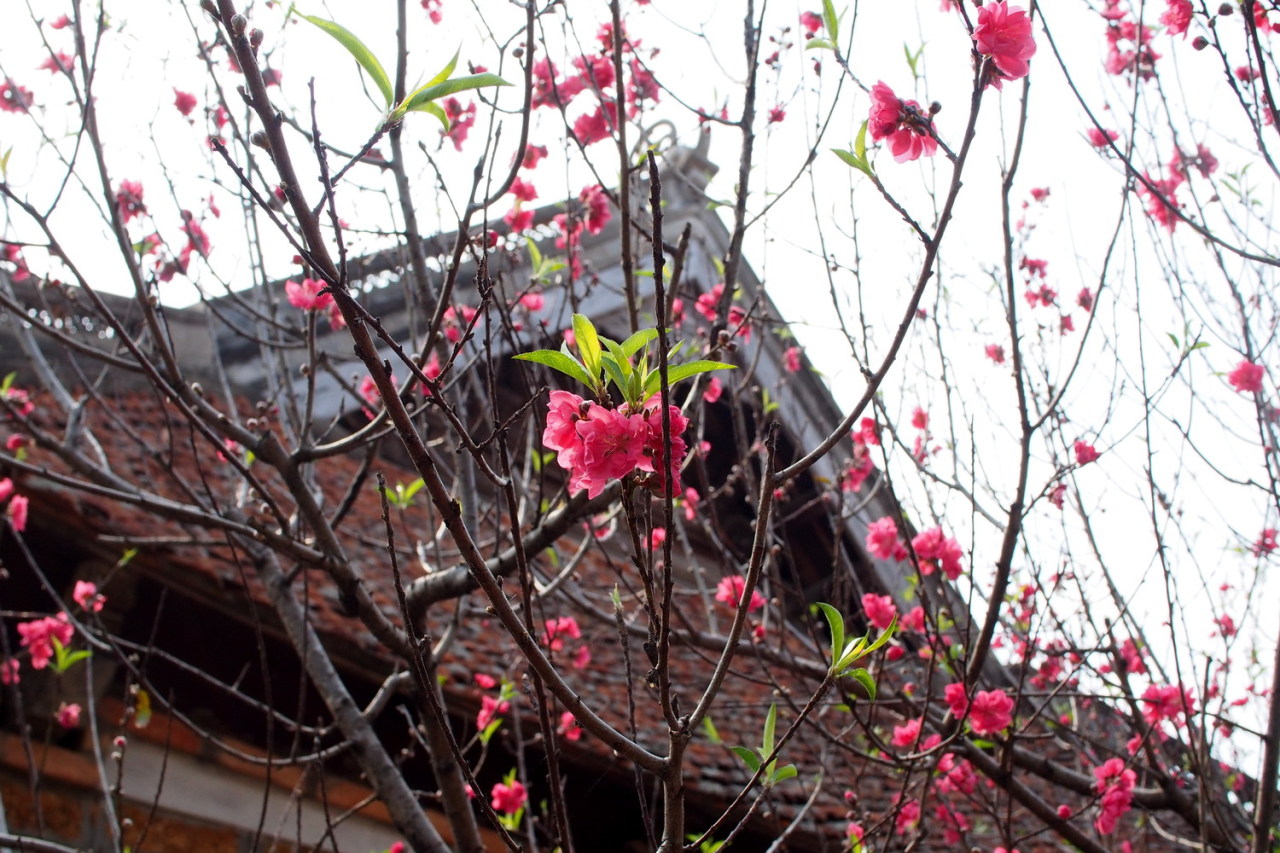 Peach blossoms at the main village temple
Peach blossoms at the main village temple
We had a great time just wandering down the alleys, dropping into old houses that caught our attention (most of them are open to visitors and the owners are more than happy to tell you about their history; you just have to pay a general entrance fee at the village gate.) We brought my niece, nephew, and their cousins along as well, and although there isn’t much for kids in the village, they, too, had fun running around the fields and being in the countryside.
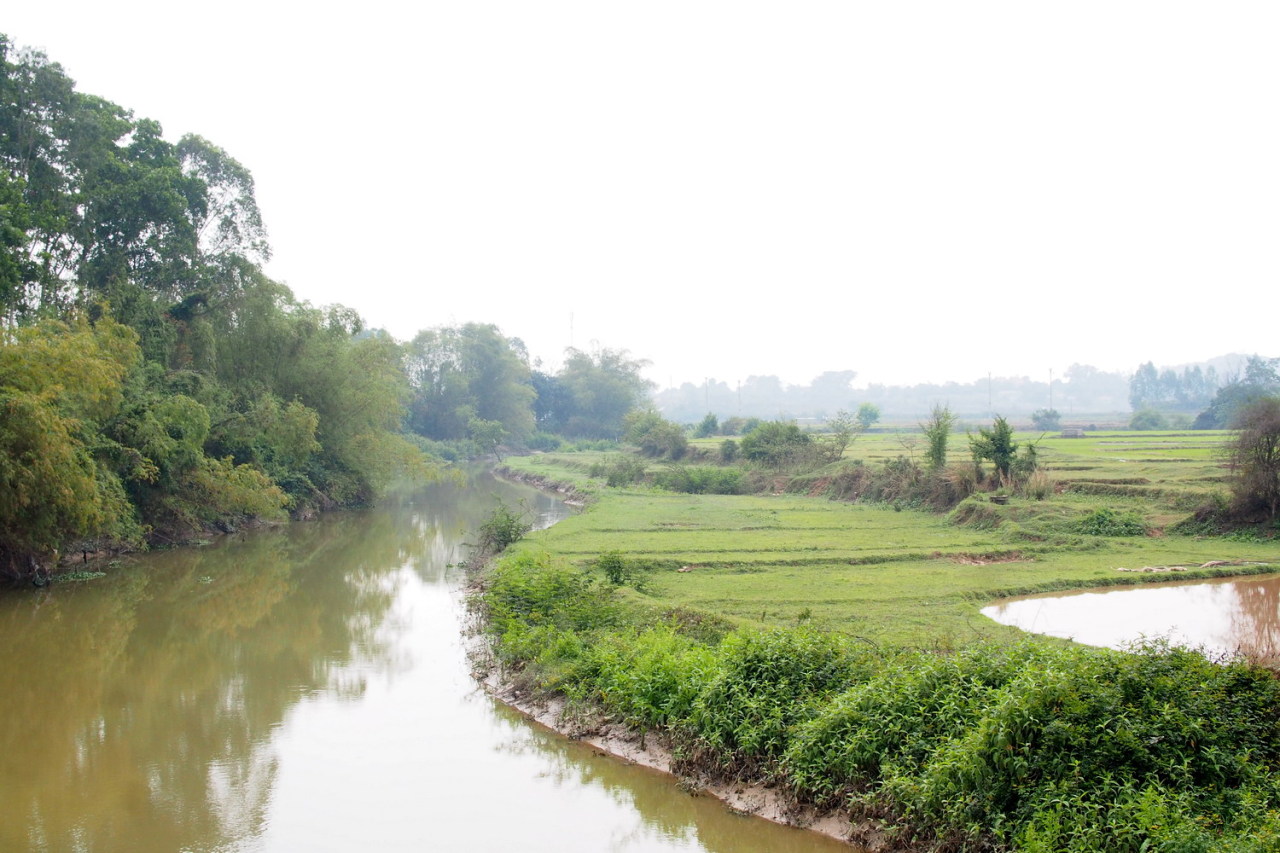 The countryside around the village
The countryside around the village
 The earthenware jars are to collect rainwater, or, more likely, to make soy sauce
The earthenware jars are to collect rainwater, or, more likely, to make soy sauce
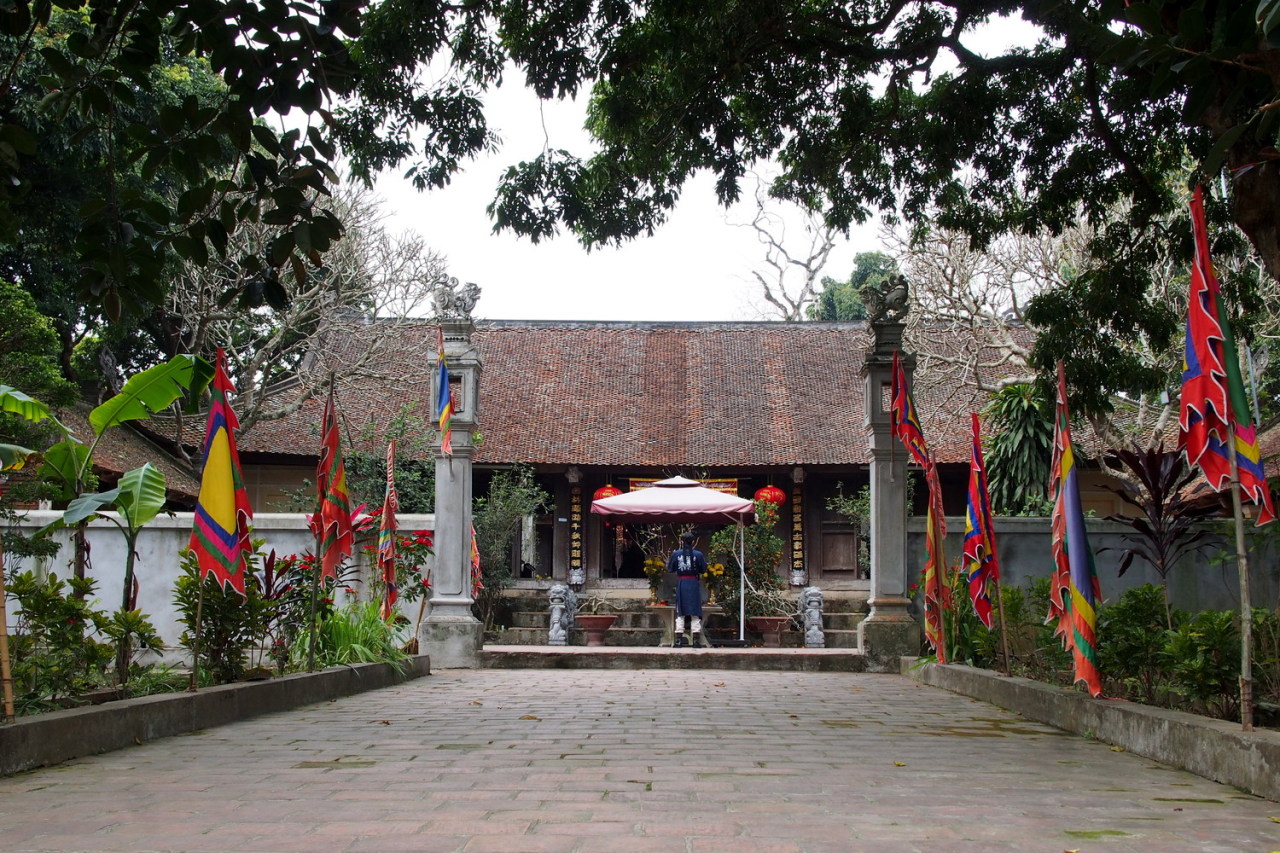 The temple of one of Vietnam’s kings, Ngo Quyen, who came from the area
The temple of one of Vietnam’s kings, Ngo Quyen, who came from the area
 This row of trees is said to have been there since the 10th century and where the King kept his war elephants
This row of trees is said to have been there since the 10th century and where the King kept his war elephants
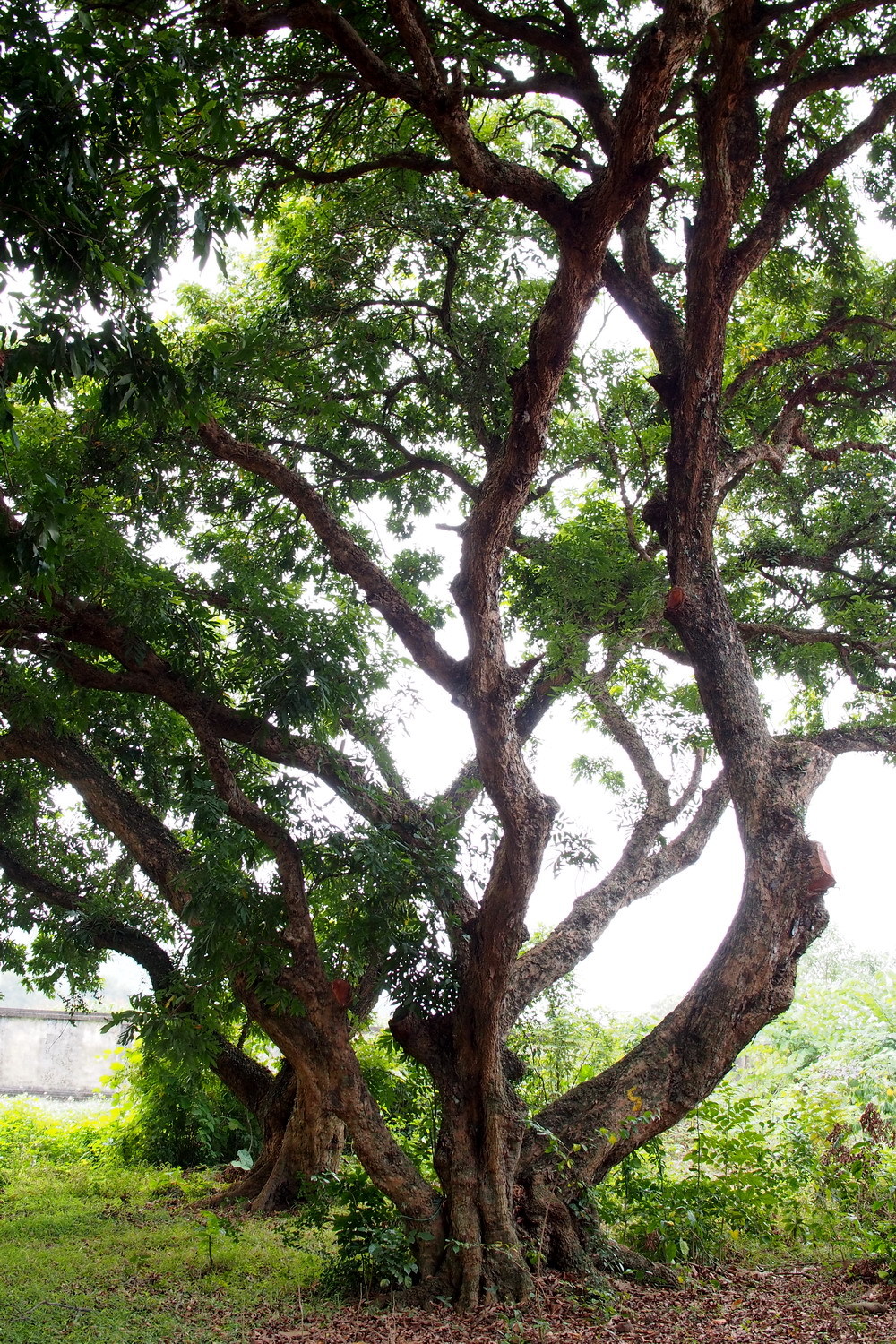
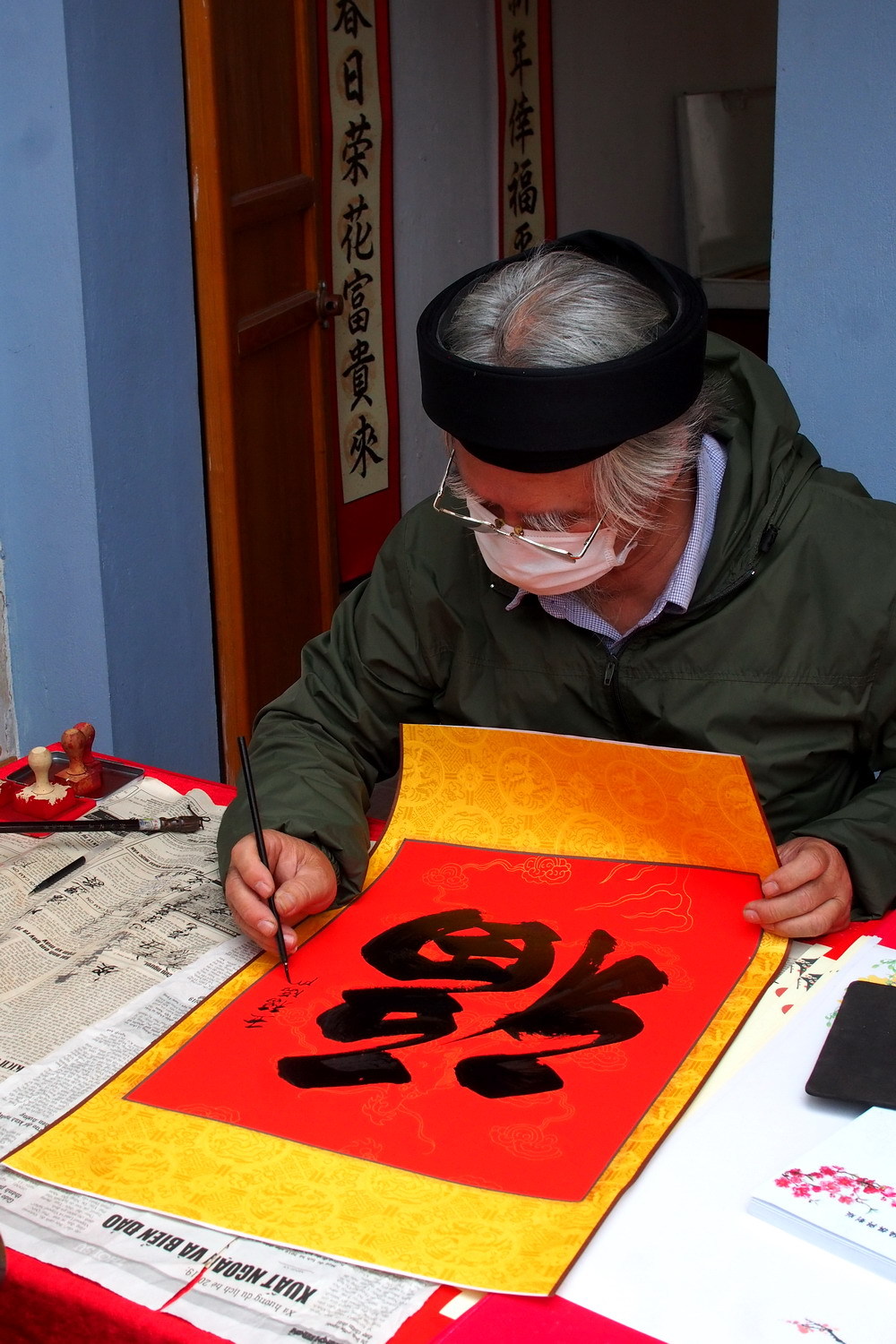
A calligraphy artist selling his works outside the temple (during the Lunar New Year, people often buy calligraphy of auspicious words, for good luck)
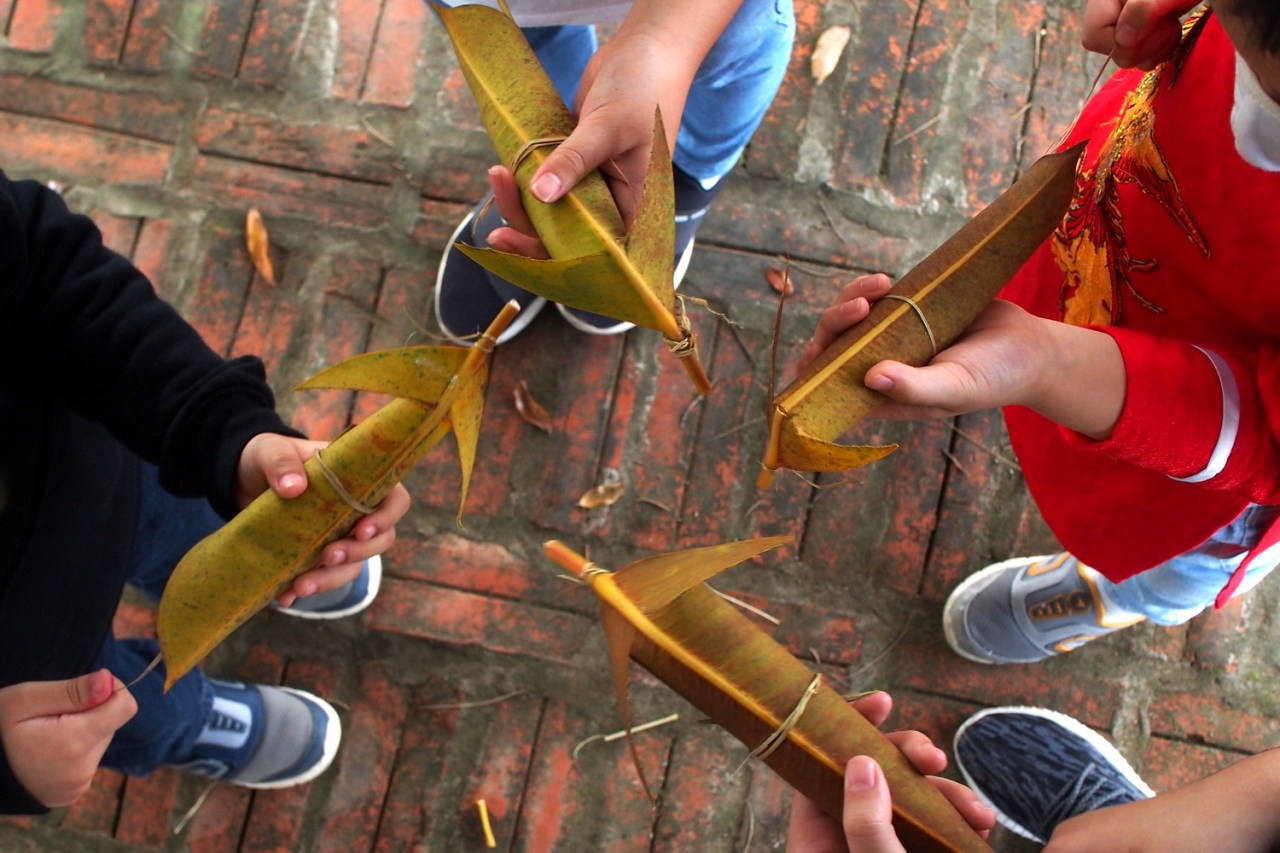 We also made some buffaloes out of banyan leaves for the kids (these buffaloes are a traditional toy, and it is the Year of the Buffalo, after all)
We also made some buffaloes out of banyan leaves for the kids (these buffaloes are a traditional toy, and it is the Year of the Buffalo, after all)
All in all, it was a good trip and helped to quench my wanderlust a little bit. With vaccination underway, hopefully there will be more and longer trips to come this year!
What I Miss About Traveling
Posted: February 10, 2021 Filed under: Life, Travel | Tags: travel 1 CommentUsually, around this time of the year, I would be preparing for my annual trip, but obviously, it’s not happening this year. In fact, I don’t know when I’m going to be able to travel again – even traveling inside Vietnam has become riskier and riskier. So, to quench my wanderlust, I’m looking back at my past travels and seeing what I miss most about traveling. I’m not talking about the obvious such as discovering new sights and new cultures, and meeting new people, though I do miss those too. Rather, I’m thinking things that you experience with every trip but rarely think about… until you can’t travel anymore. Things like…
– Before the trip: The excitement (and even the stress) of planning for the trip – researching the destination, coming up with an itinerary, booking tickets and accommodations, and packing. I’m very much a planner, so I love all of it. And of course, there is the feeling of anticipation as you sit at the airport (or the train station), waiting for the adventure to begin.
 Before our adventure in Iceland
Before our adventure in Iceland
– During the trip: Getting to know a new place with all of its everyday details. Where is the nearest grocery store/supermarket/cafe? Where is the nearest bus/train station? Even the novelty of your hotel room/AirBnB never wears off either, no matter how long you’ve been traveling. I’m terrible with directions, so I especially love it when I can remember the way back to the hotel/AirBnB without having to rely on maps.me. It feels like I’m finally coming “home”.
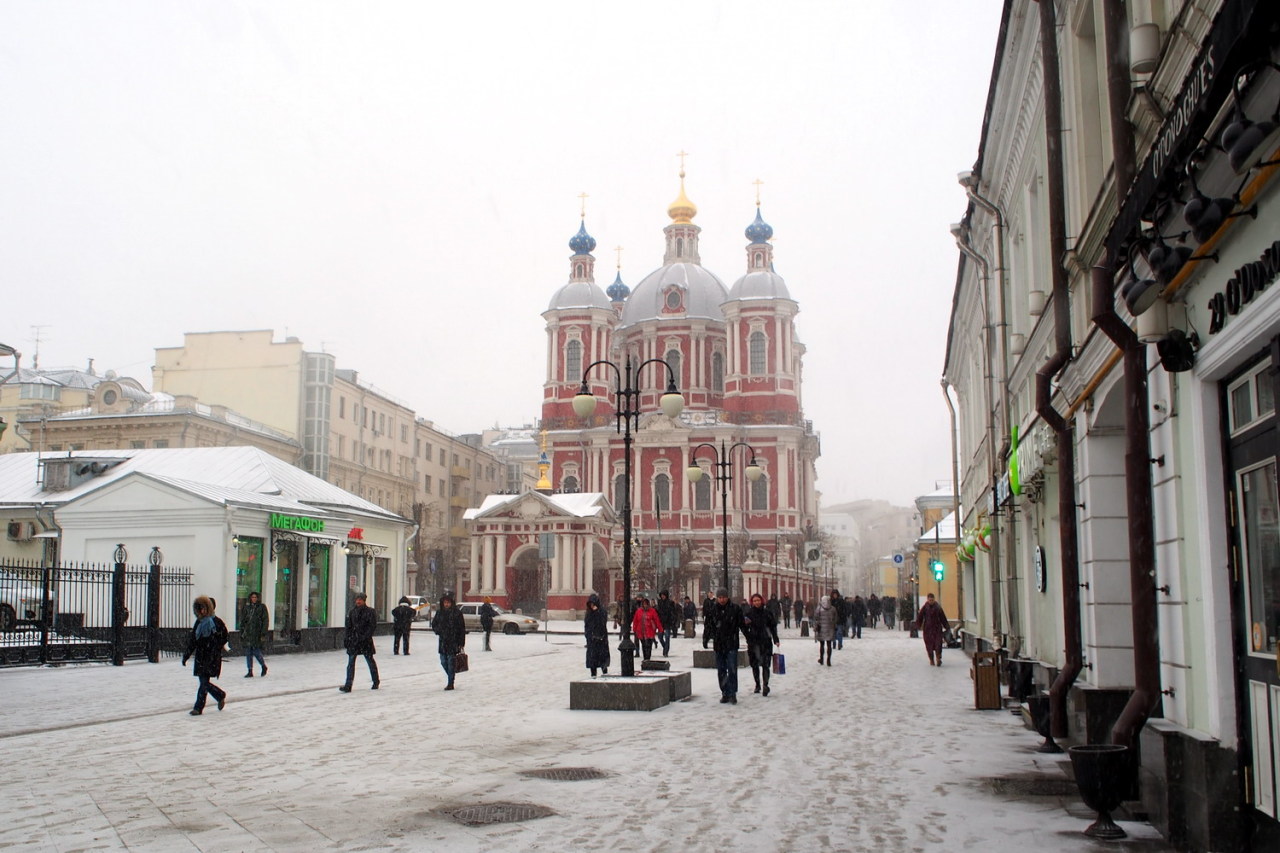 The road to our AirBnB in Moscow, Russia
The road to our AirBnB in Moscow, Russia
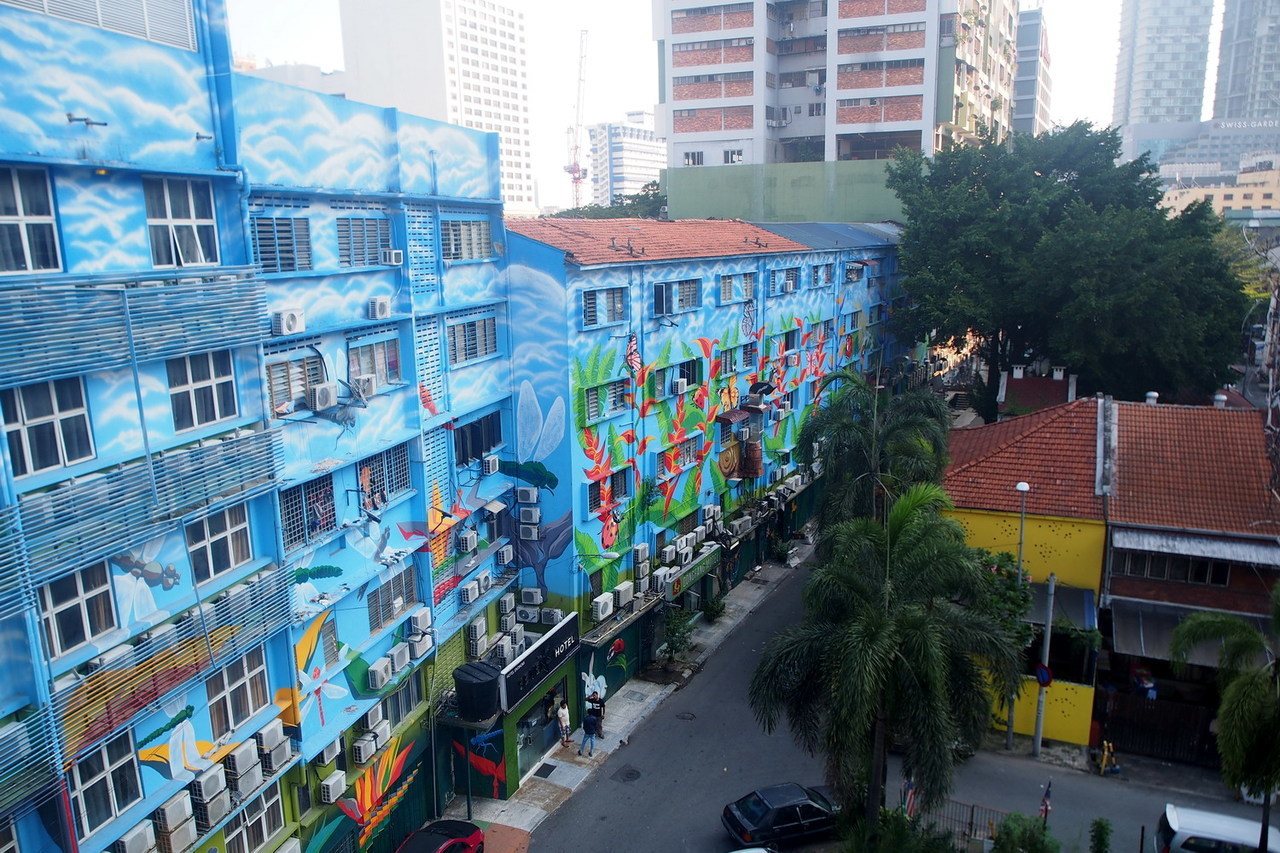 The view from my hotel in Kuala Lumpur, Malaysia
The view from my hotel in Kuala Lumpur, Malaysia
And despite my love for planning, I always leave room for some flexibility during the trip. No matter how well you plan, something always goes wrong, but sometimes, these unplanned moments can result in the best memories!
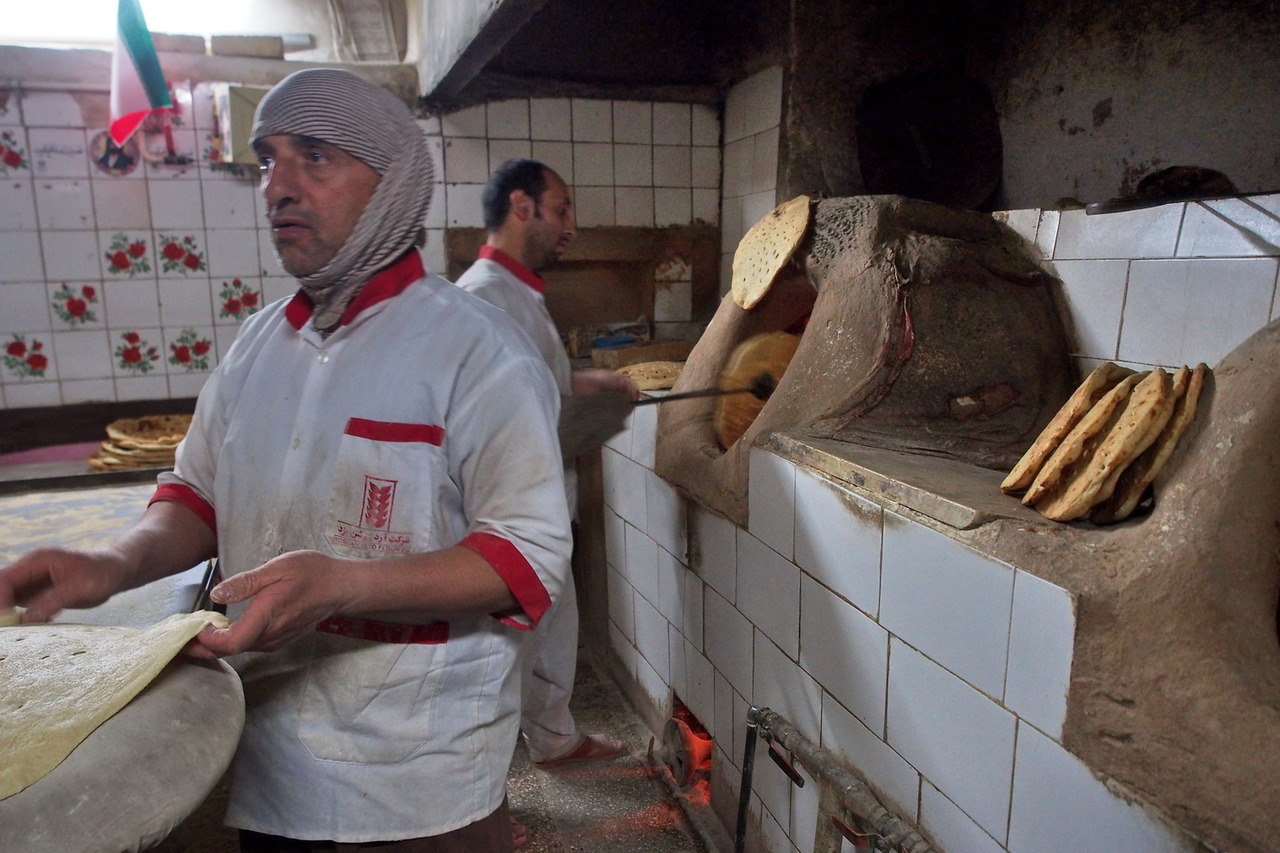 Like these bakers that invited me in to watch them work in Yazd, Iran
Like these bakers that invited me in to watch them work in Yazd, Iran


Or this field of cosmos I found when I wandered away from the tour bus in Seoraksan, South Korea
 Or these puffins we saw in Vik, Iceland
Or these puffins we saw in Vik, Iceland
– After the trip: The sadness that the trip is over, mixed with the relief that you’ll get to sleep in your own bed again. And the fun of sorting through all your photos and reliving the trip all over.
So yes, I miss traveling. But at the same time, I feel incredibly lucky that I got to travel to so many amazing places over the last few years – Iceland, Cuba, Iran, and Russia are definitely the highlights. Fingers crossed that I’ll get to travel again soon!
Russia Packing List
Posted: April 3, 2020 Filed under: Clothes, Travel | Tags: packing, russia, travel Leave a commentThe packing of Russia deserves its own post because this was the first time I traveled to a climate so different from what I’m used to (before this, the coldest places I’ve been to is Iceland in the summer and Iran, both of which are downright balmy compared to this.)
As I’ve said in my other Russia posts, this past winter was the warmest in Russia since 1886, but with temperatures down to -25 degrees Celsius (in Murmansk), it still presented a big challenge for us. Adding to that, the Russians like to keep the inside of their buildings super toasty, and it’s all central heating so you can’t adjust it, so you don’t want to dress too warm or you’ll end up overheated when you step inside.
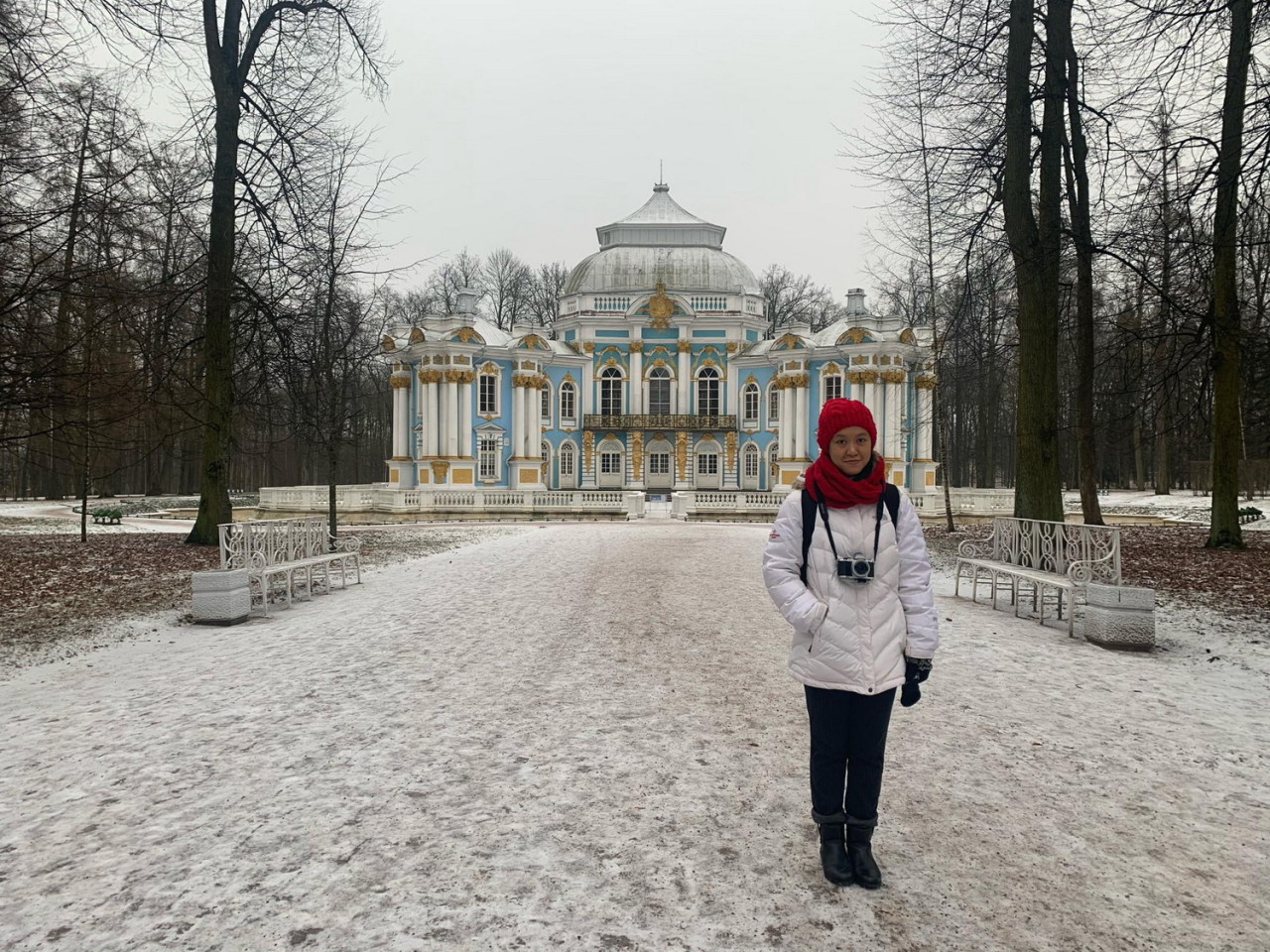 Outside (at Catherine’s Palace)
Outside (at Catherine’s Palace)
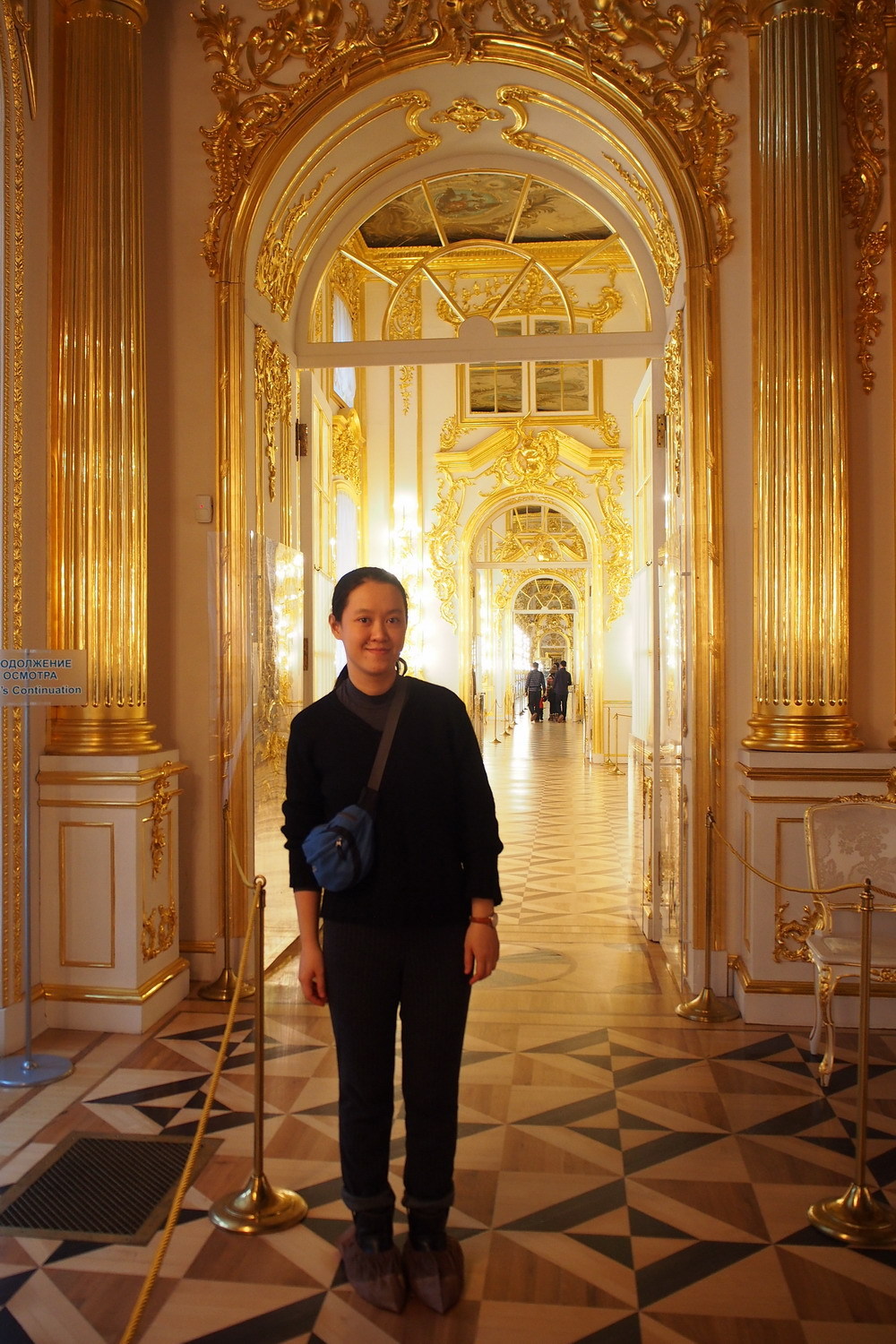

And inside (at Catherine’s Palace they make you wear shoe covers to protect the floor)
The answer is, of course, layers (actually, I’ve found the answer to all travel clothes is to layer.) Almost everywhere has a cloakroom, so you can just take off the layers inside. Here is an example of how I usually layered during my time in Russia:
Thermal shirt + Sweater + Down parka on top, Wool tights + Fleeced-line pants/jeans on bottom, then another pair of socks and boots, then of course a scarf, hat, and gloves or mittens (mittens are warmer, but gloves are more practical for photo-taking.) If it was particularly cold, like in Murmansk, I would add a turtleneck top and a pair of ski pants (this may sound a bit extreme, but they really saved me during those cold, long nights on the Aurora hunt.)
 I called this my “Russian flag” outfit
I called this my “Russian flag” outfit
 You’ll soon realize you don’t care how you look in photos. You just want to stay warm!
You’ll soon realize you don’t care how you look in photos. You just want to stay warm!


While inside you can be too warm (watching the snow from our Airbnb’s window in Murmansk)
And here’s a sample packing list for a 12-day trip (we did laundry a few times):
– Top: 4 thermal top, 1 turtleneck top
– Bottom: 3 wool tights, 3 fleece-lined pants/jeans (I could’ve gotten away with just 2 pairs, but I like some varieties), 1 pair of ski pants, 1 skirt
– Shoes: 1 pair of snow boots, 1 pair of leather boots, 1 pair of flats (the flats and skirt were just for the ballet. I didn’t need to dress up – there was everything from jeans to cocktail dresses at the theater – but I wanted to.)
– Outerwear: 2 sweaters, 1 fleece jacket, 1 down parka
– Accessories: 1 beanie, 2 scarves (though the other scarf sheds like crazy so I ended up wearing my red wool circle scarf most of the time), 1 pair of gloves, 1 pair of mittens, 1 neck buff (which can serve as a scarf or a beanie if necessaries, I mostly used it to cover my face.)

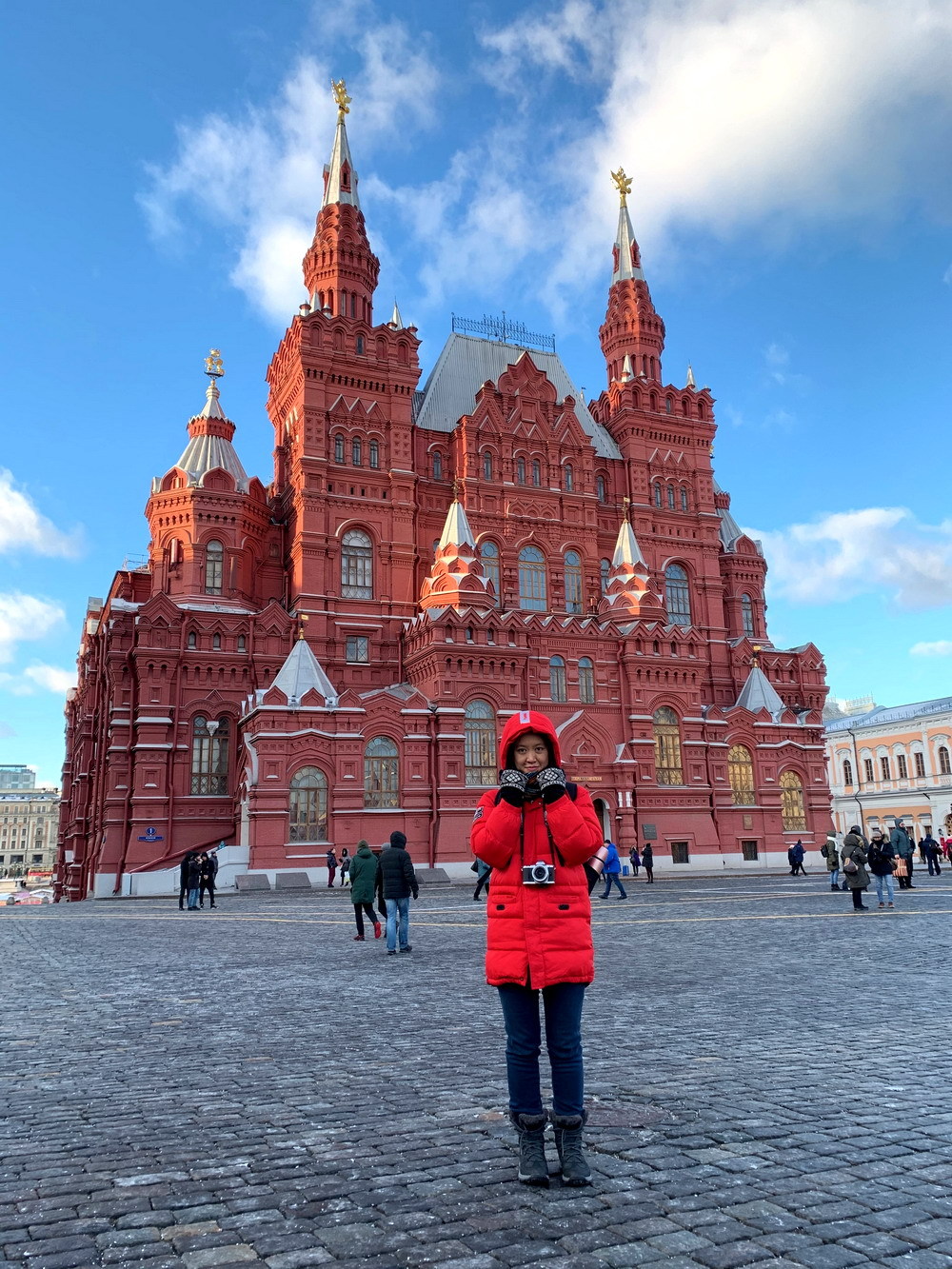
My friends and I did get tired of wearing the same coats in every photo, so we decided to swap on our first day in Moscow
 In hindsight, these white pants are not the best choice (the streets of Saint Petersburg and Moscow are super dirty!)
In hindsight, these white pants are not the best choice (the streets of Saint Petersburg and Moscow are super dirty!)
This served me quite well, at least on top. My feet were OK too, though sometimes I had to stick some packets of chemical hand warmers in my boots. The two bits that were constantly cold, though, were my hands and legs. If I ever travel to such a cold climate again, I would get a pair of warm glove liners to wear under my mittens and a more fashionable pair of ski pants (I bought my ski pants simply because they were on sale) to wear over my jeans, because even with wool tights and fleece-lined jeans, my legs were still like icicles. But hey, it’s part of the experience, right?

